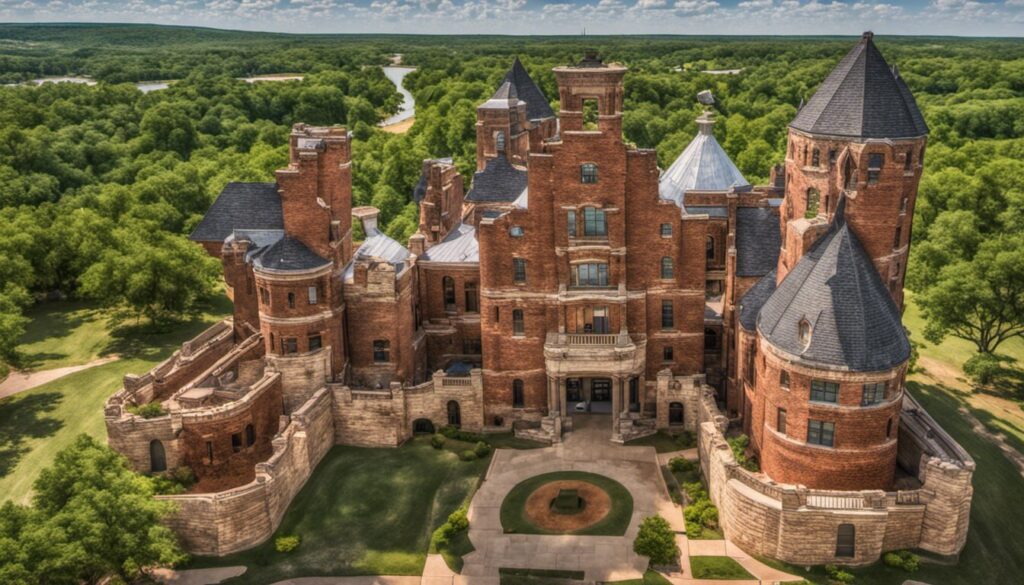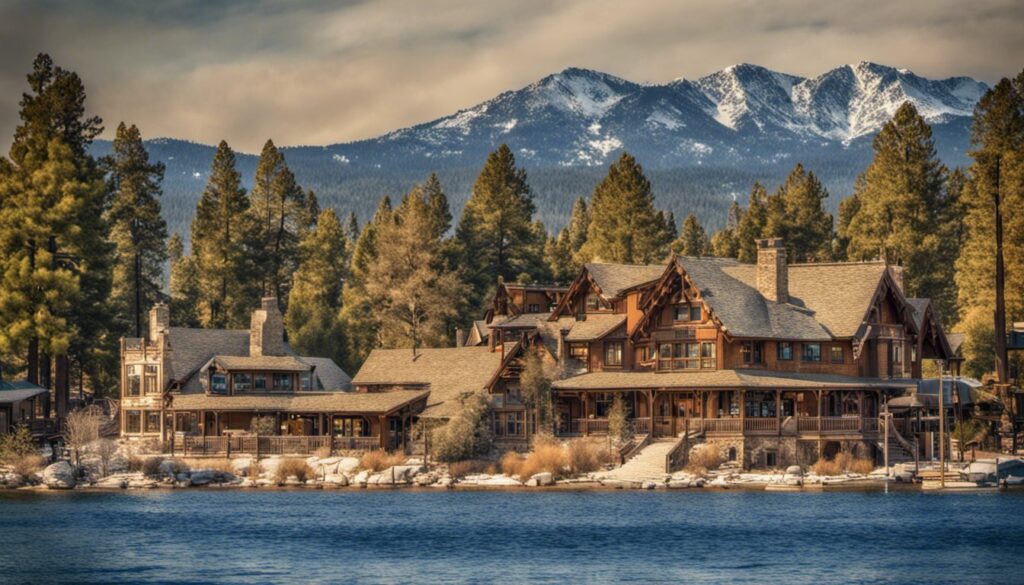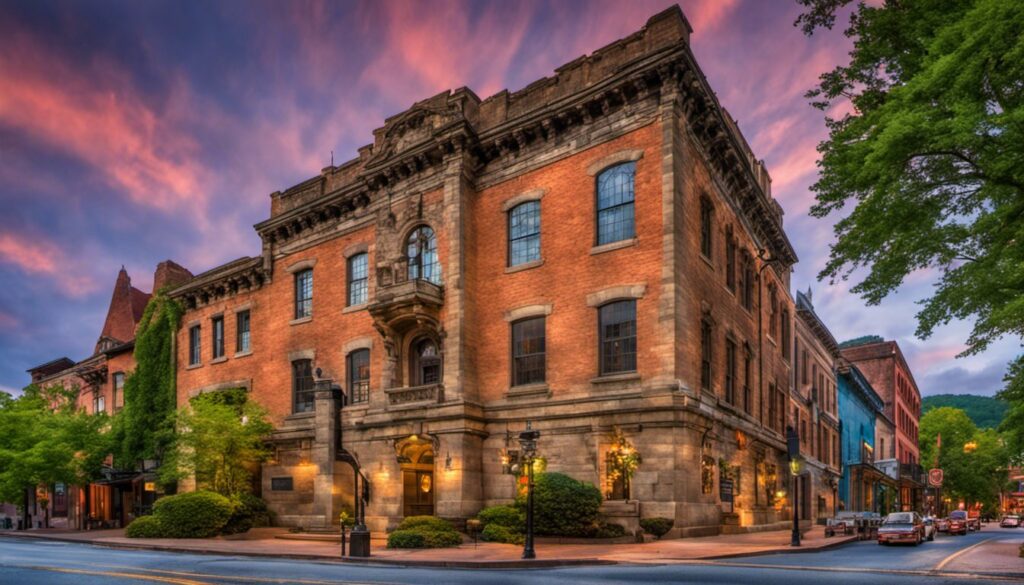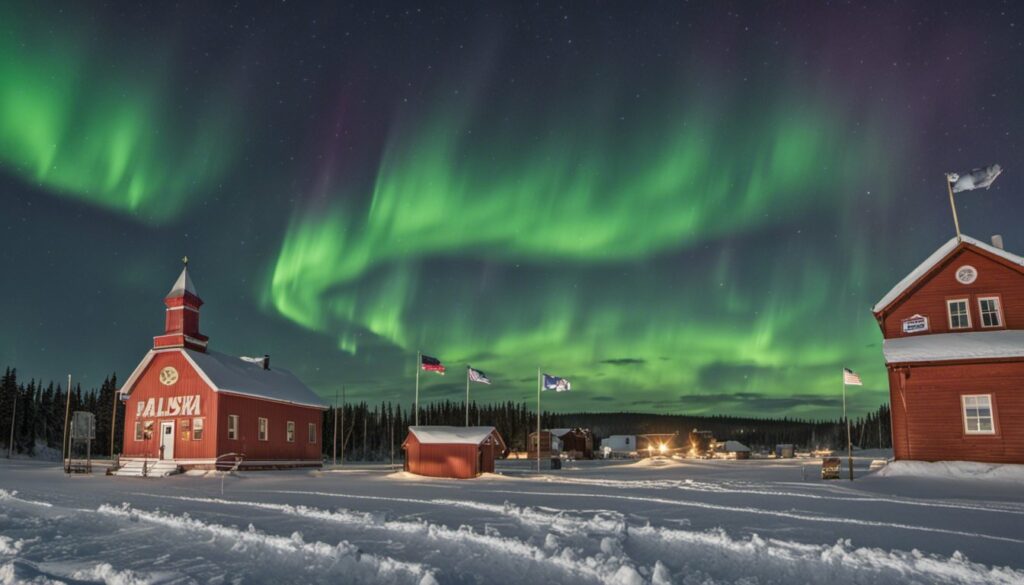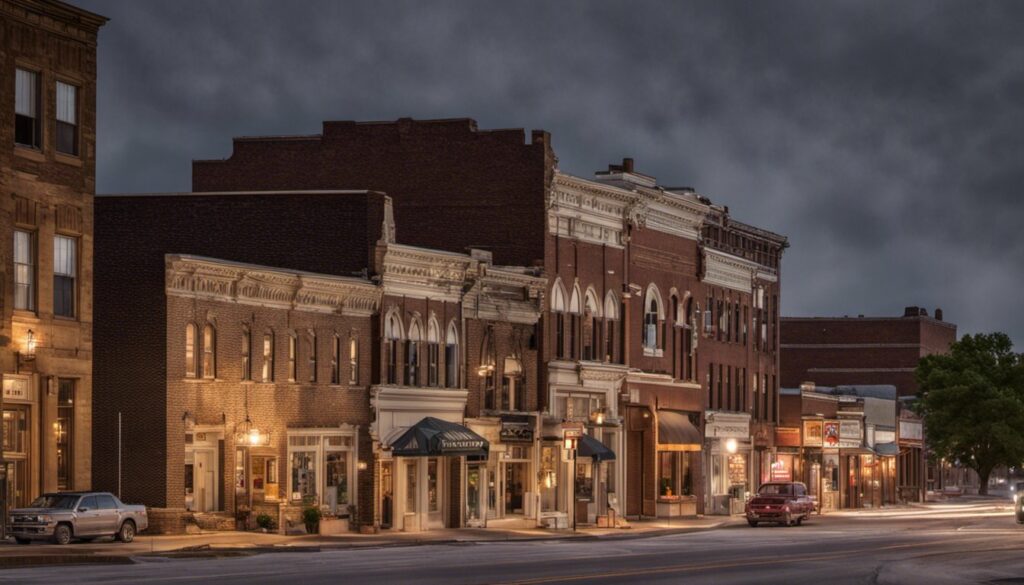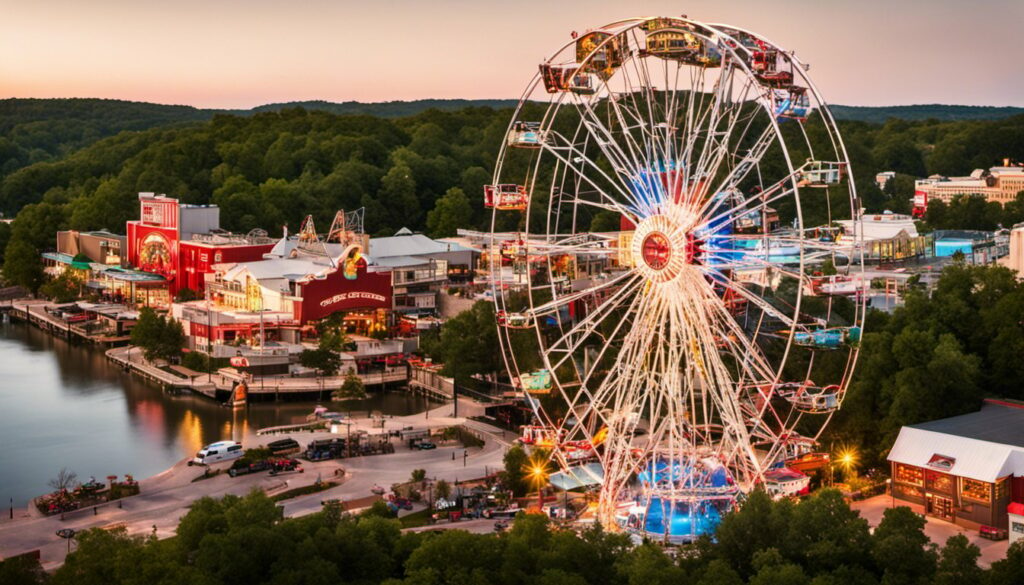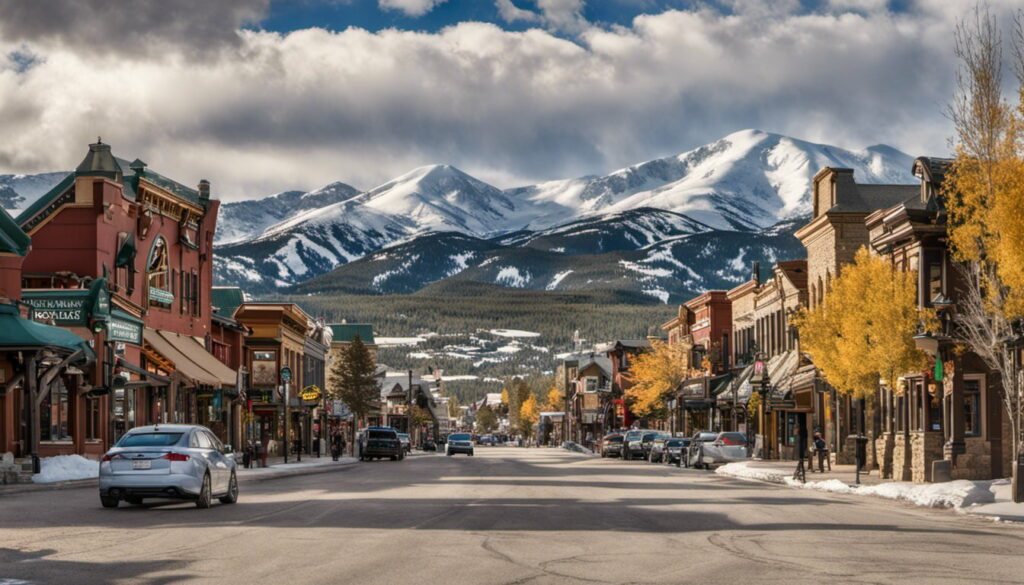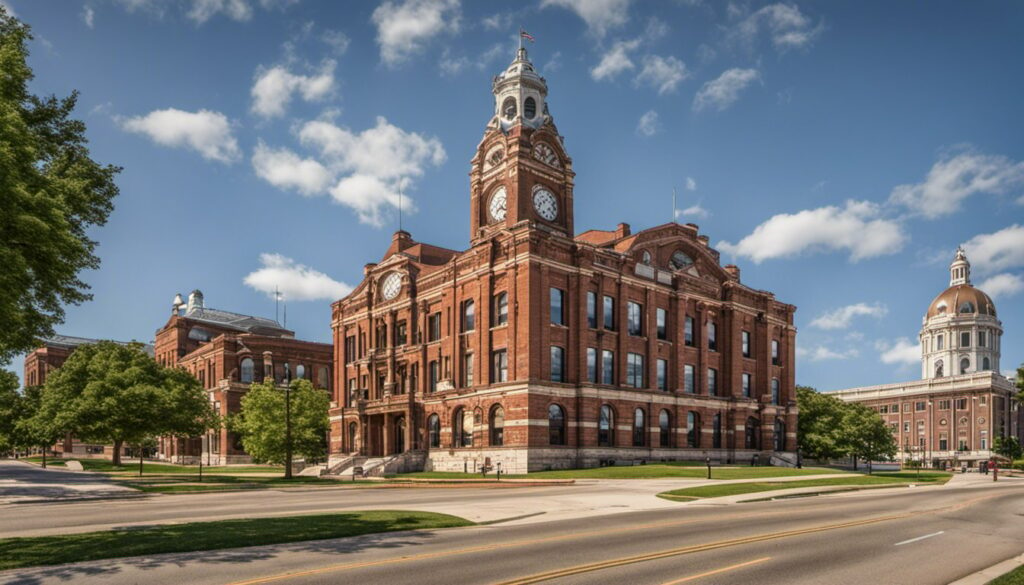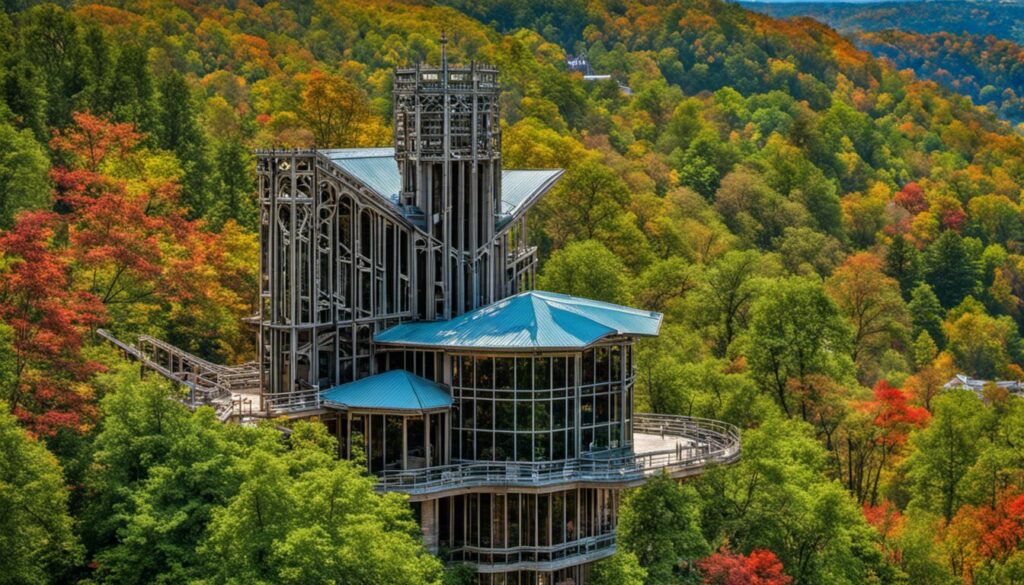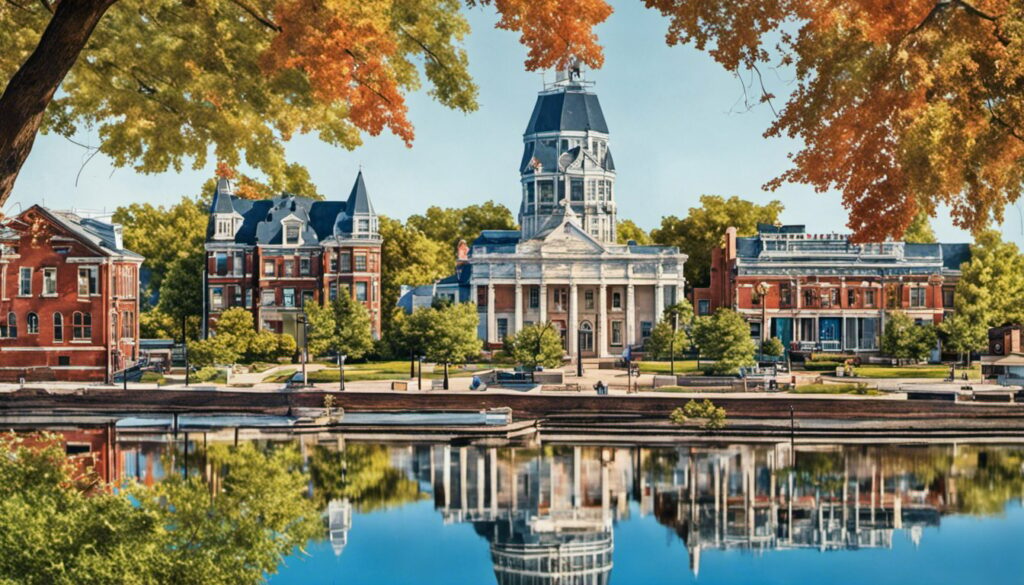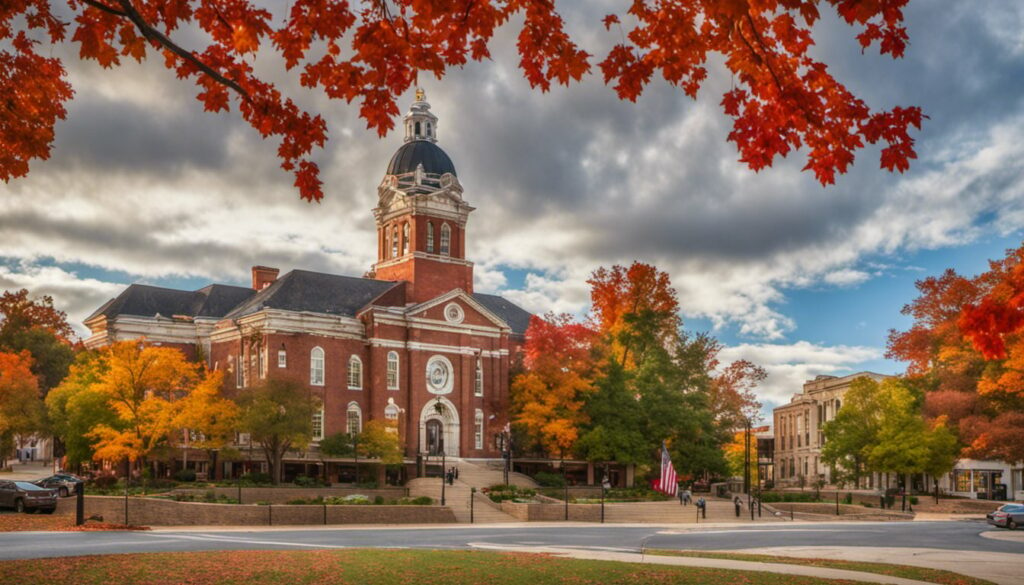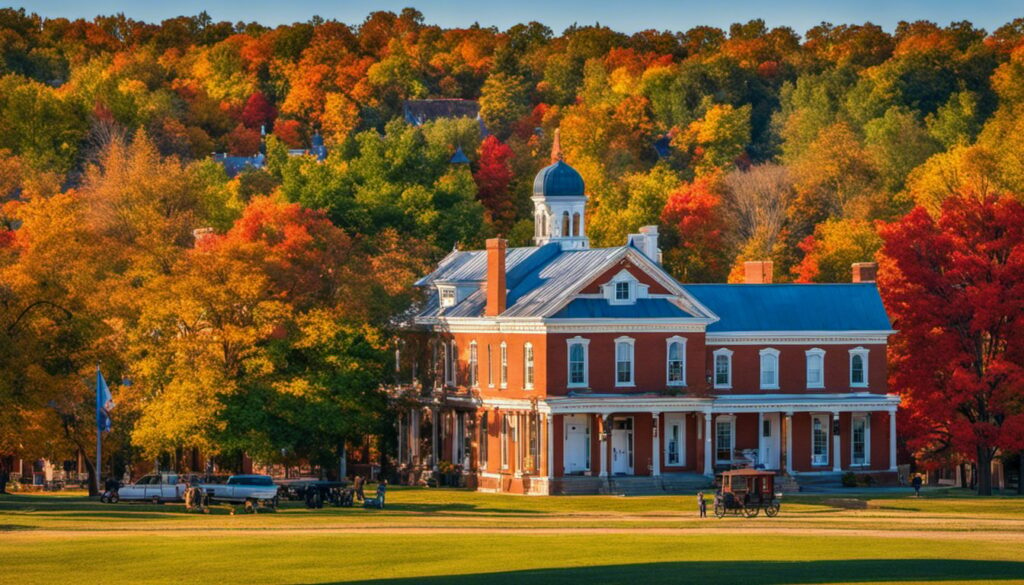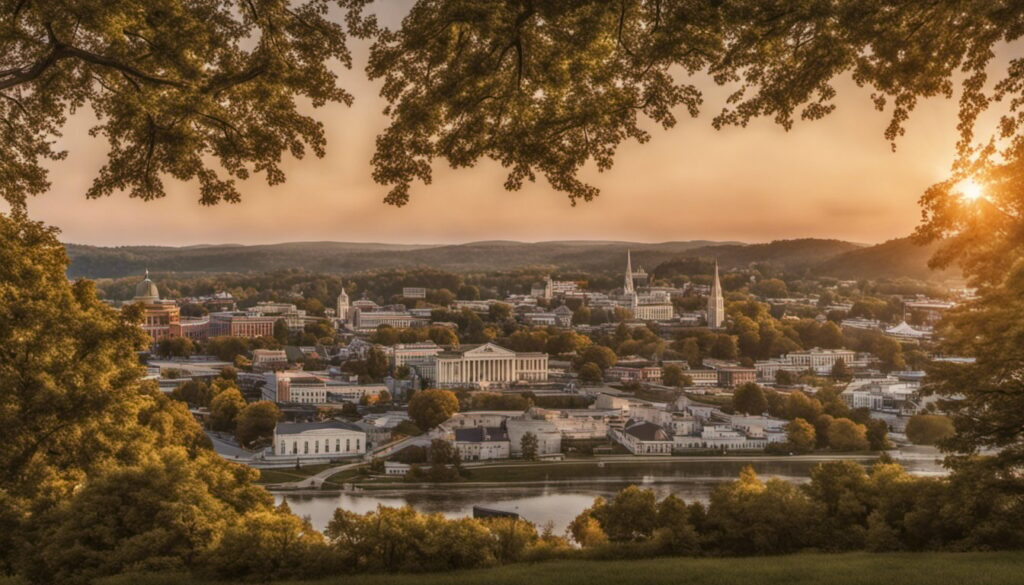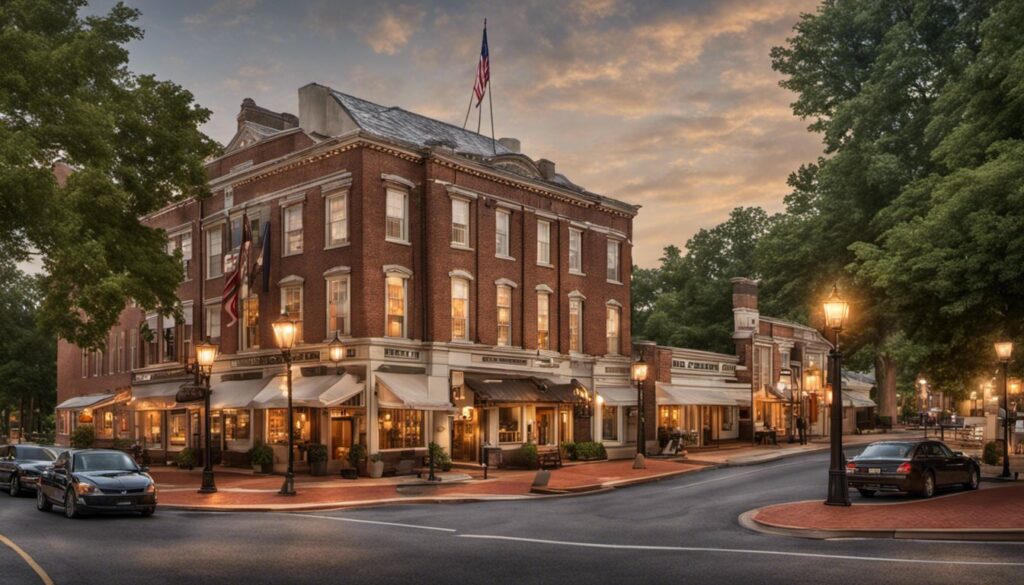Table Of Content
Explore Oklahoma’s Historical Sites and Famous Landmarks
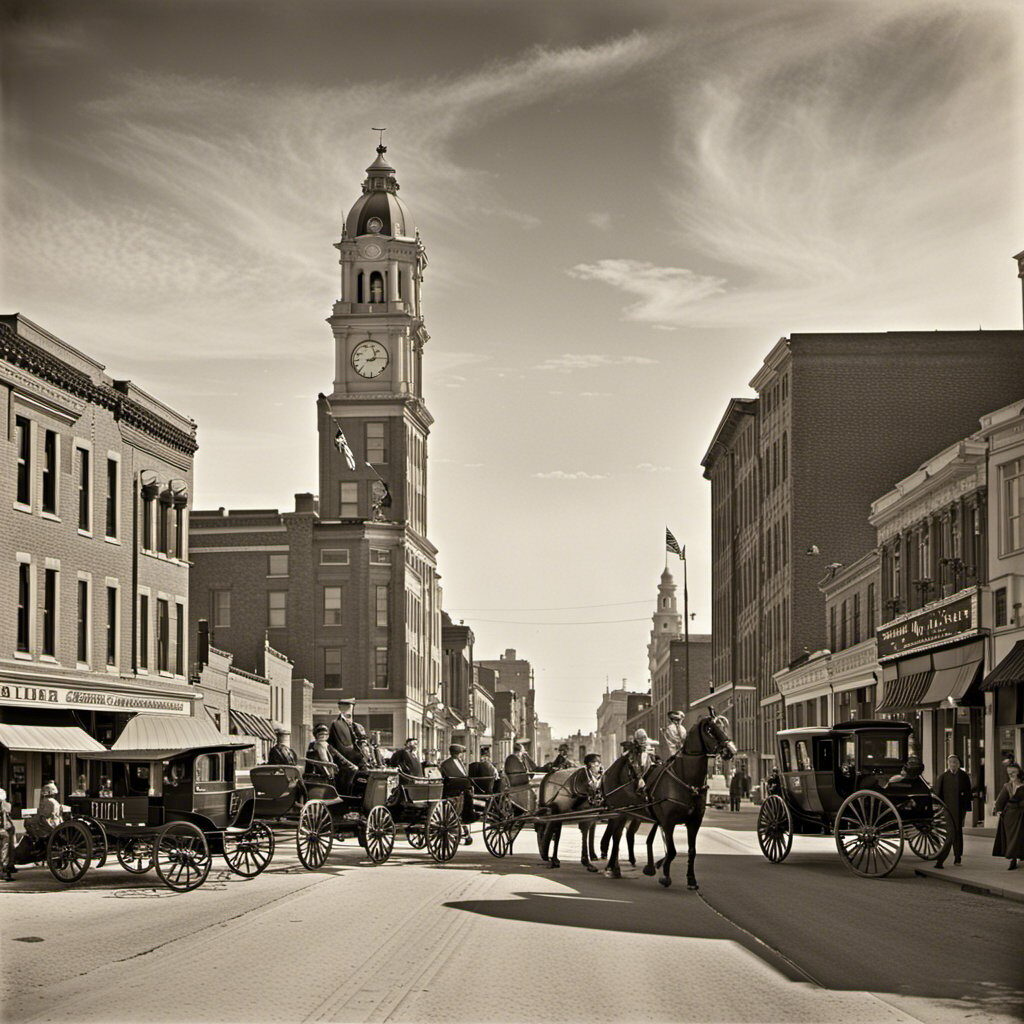
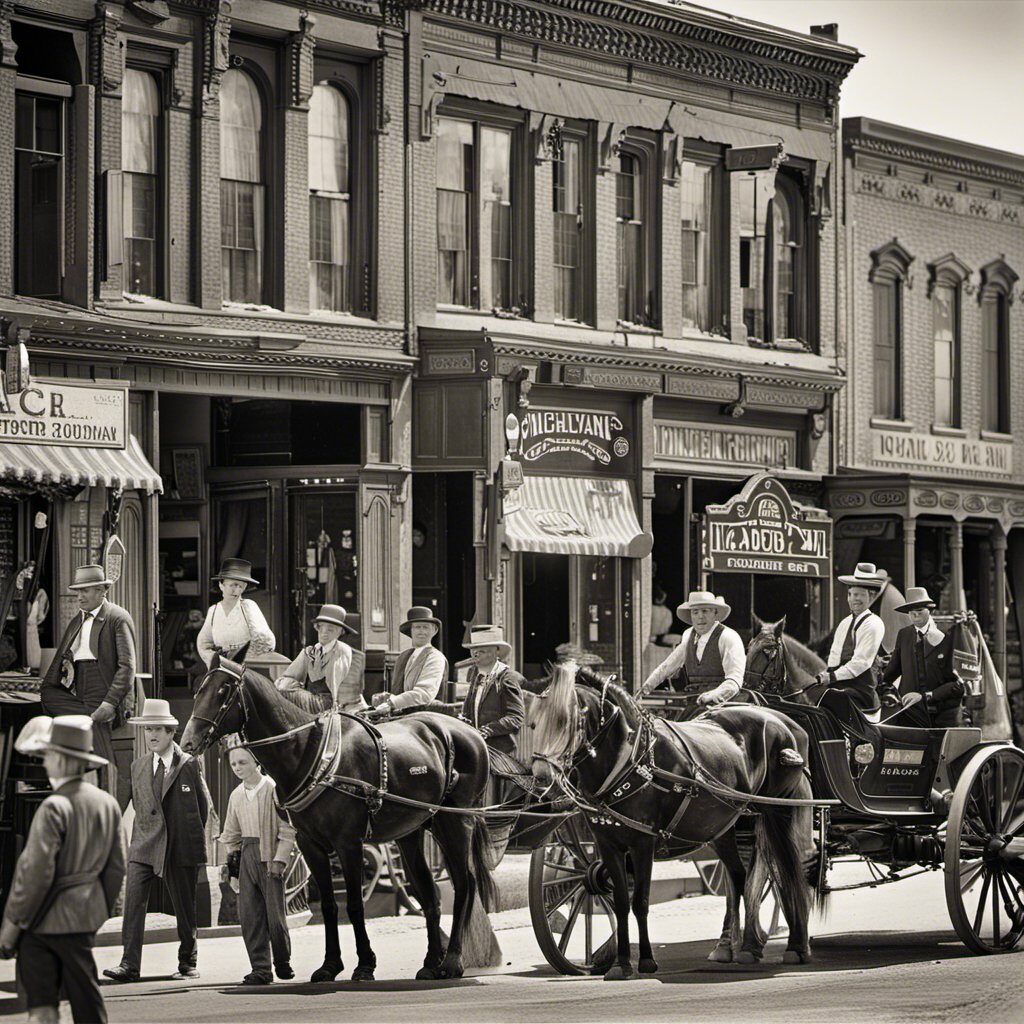
Oklahoma is a state rich in history, with a variety of historical sites and famous landmarks that showcase the state’s cultural significance. From Native American heritage to land runs and oil booms, Oklahoma’s history is unlike any other state. Exploring these sites is an excellent way to learn more about the state’s past and appreciate its cultural significance.
There are many historical sites in Oklahoma, including 22 National Historic Landmarks designated by the U.S. Federal Government. These sites honor Oklahoma’s original residents, settlers, and a wide variety of history-making people and events. You can visit these sites to learn more about Oklahoma’s history and the people who played a significant role in shaping it.
In addition to historical sites, Oklahoma is home to many famous landmarks that are worth seeing. From natural attractions like Natural Falls Park, Beavers Bend State Park, and Keystone State Park to man-made landmarks like the Oklahoma City National Memorial and Museum, there’s something for everyone. Visiting these landmarks is an excellent way to appreciate the state’s beauty and cultural significance.
Key Takeaways
- Oklahoma has a rich history with a variety of historical sites and famous landmarks that showcase the state’s cultural significance.
- There are 22 National Historic Landmarks in Oklahoma designated by the U.S. Federal Government that honor Oklahoma’s original residents, settlers, and a wide variety of history-making people and events.
- Oklahoma is home to many famous landmarks, including natural attractions and man-made landmarks that are worth seeing.
Historical Sites in Oklahoma
If you are a history enthusiast, Oklahoma has plenty of historical sites to offer. From military posts to historical battlefields and museums, there is something for everyone. Here are some of the most notable historical sites in Oklahoma that you should visit:
Military Posts
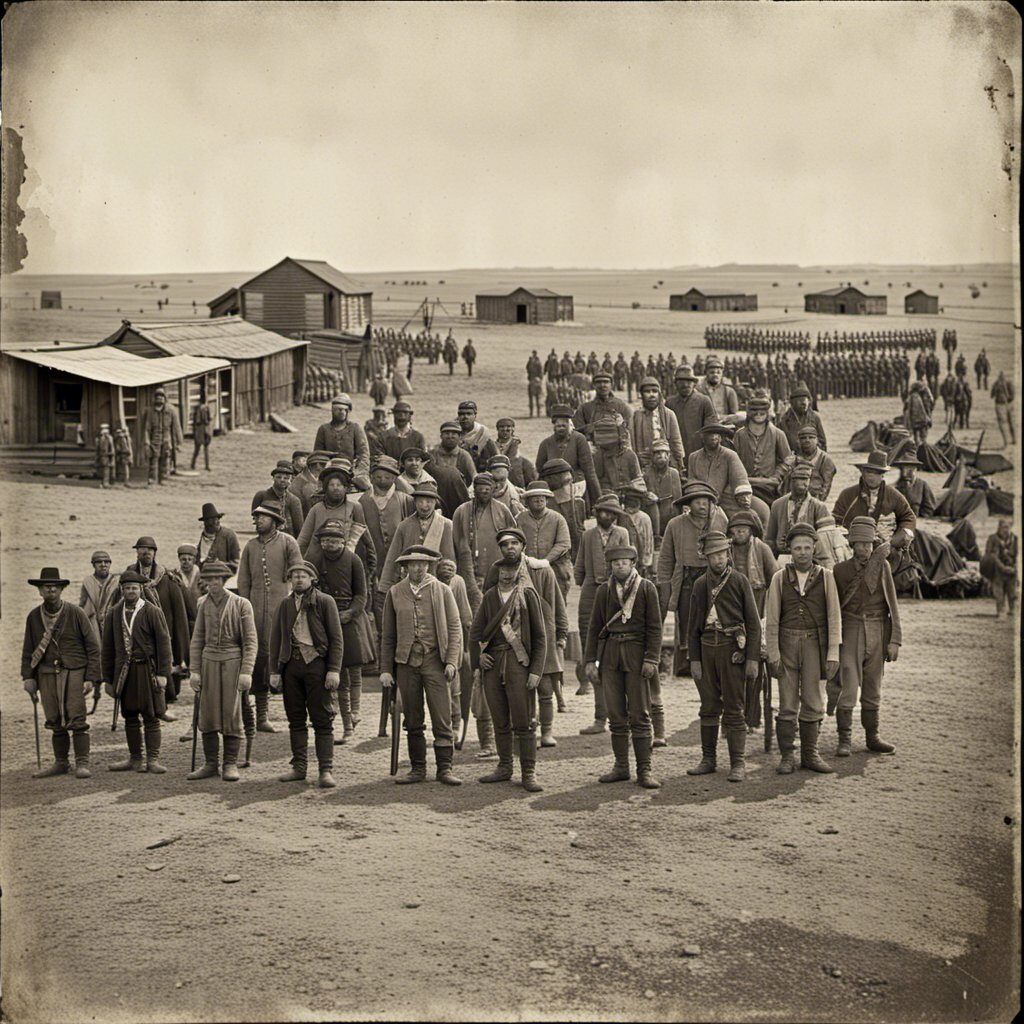
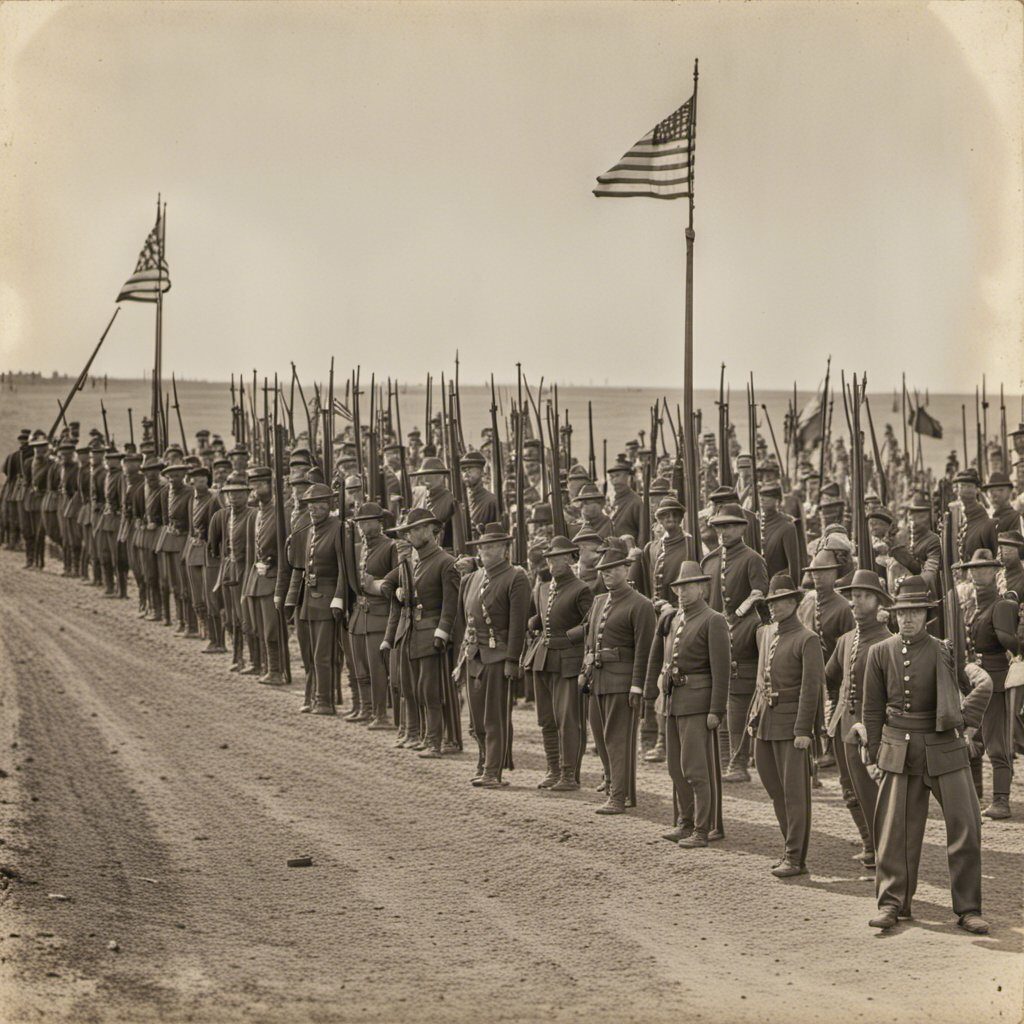
Oklahoma has a rich military history, and there are several military posts that you can visit. Fort Sill is one of the most famous military posts in Oklahoma. Established in 1869, it is the only active Army installation that has been in continuous use since the Indian Wars. You can visit the Fort Sill National Historic Landmark and Museum to learn more about the history of the fort.
Historical Battlefields
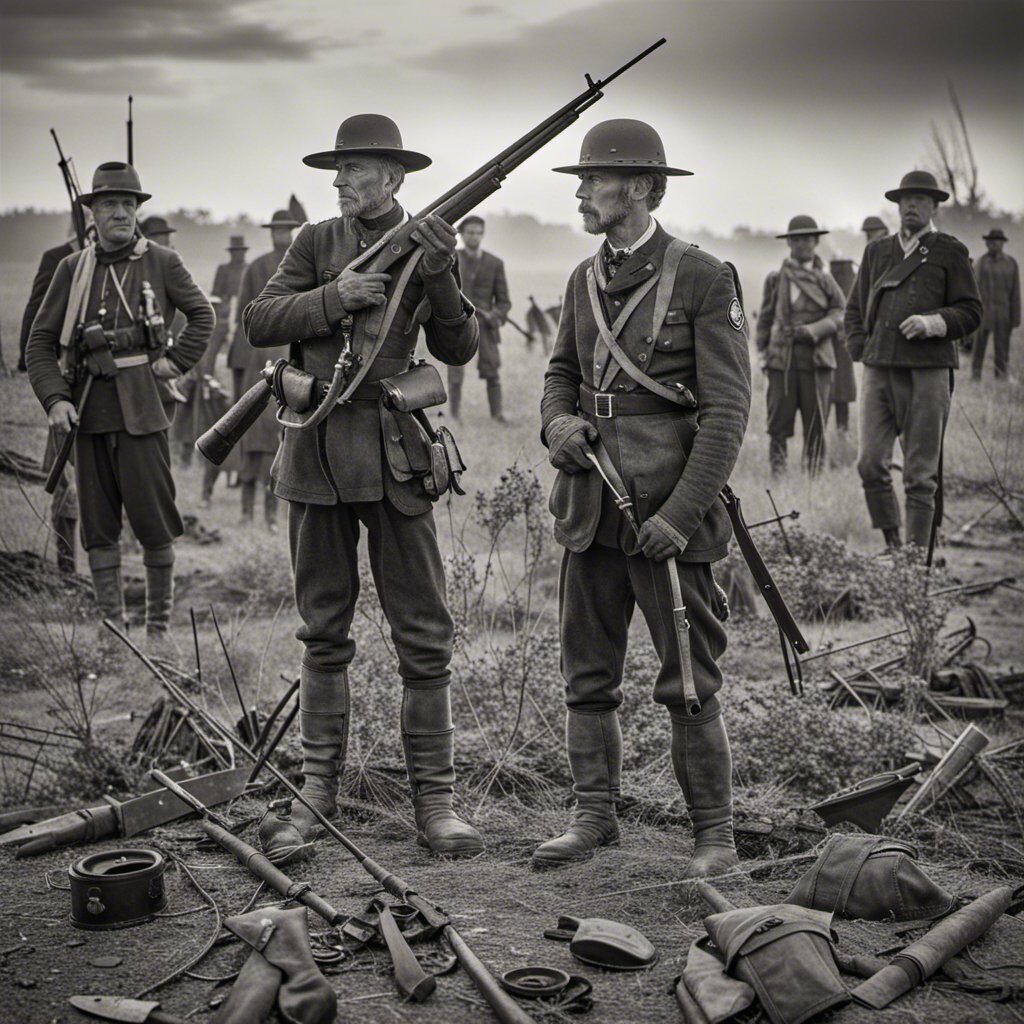
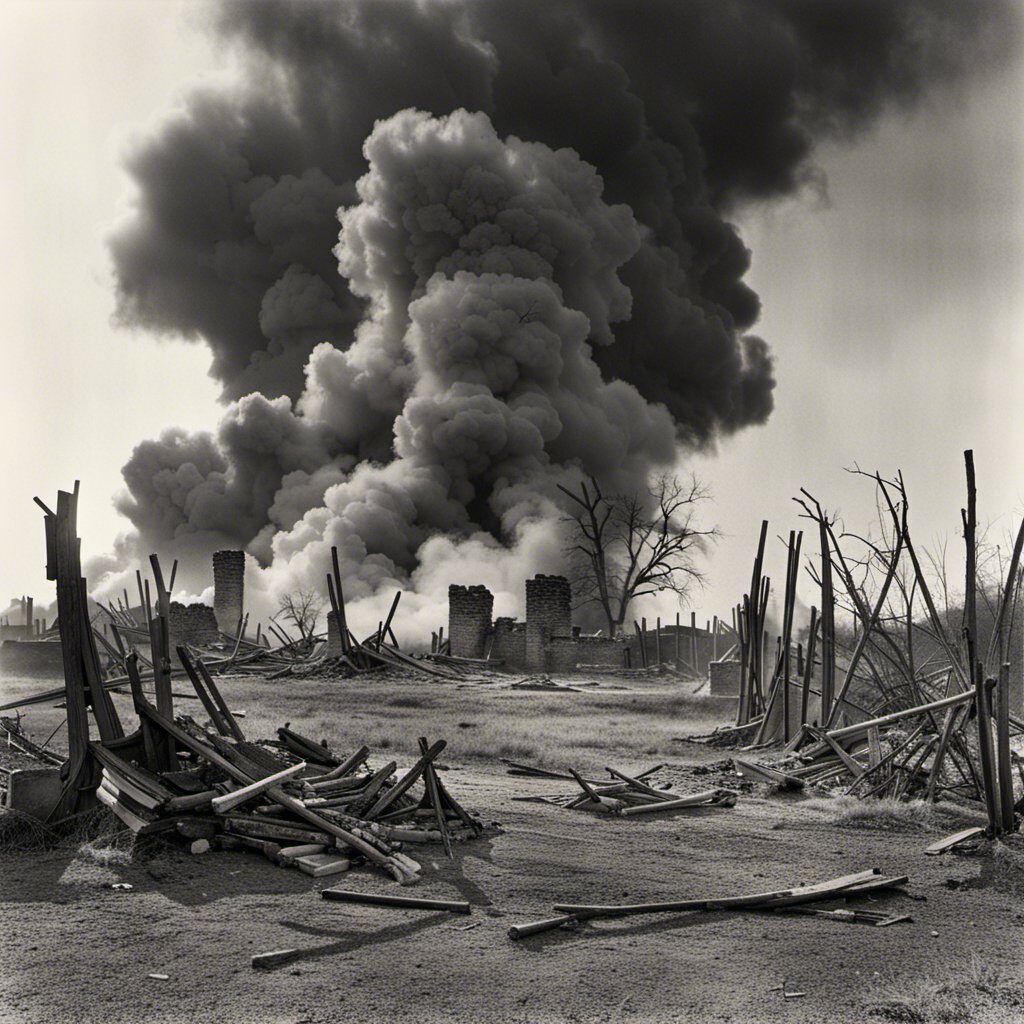
Oklahoma has several historical battlefields that played a significant role in shaping the state’s history. The Washita Battlefield National Historic Site is one such battlefield. It was the site of the 1868 Battle of Washita, where Lt. Col. George Armstrong Custer and his troops attacked a Cheyenne village. You can visit the Washita Battlefield National Historic Site to learn more about this historic battle.
Museums and Heritage Centers
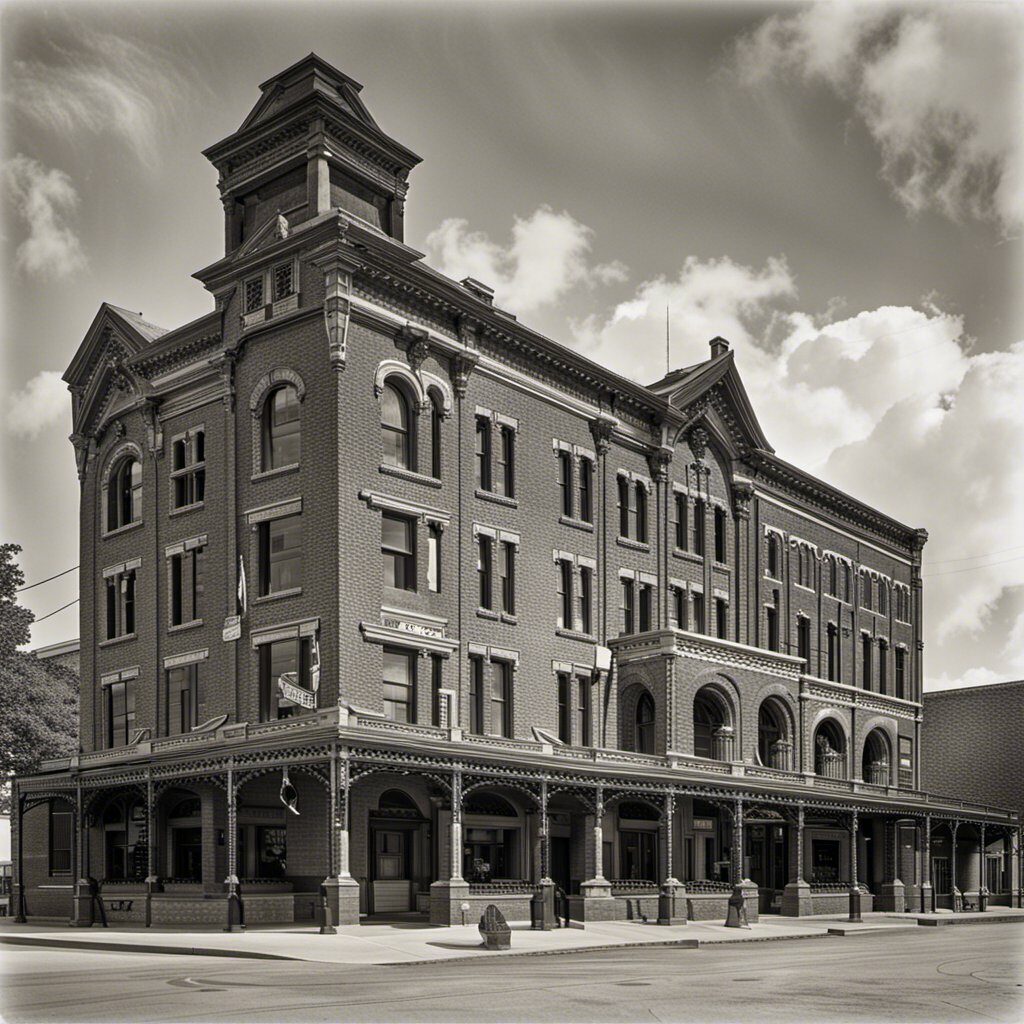
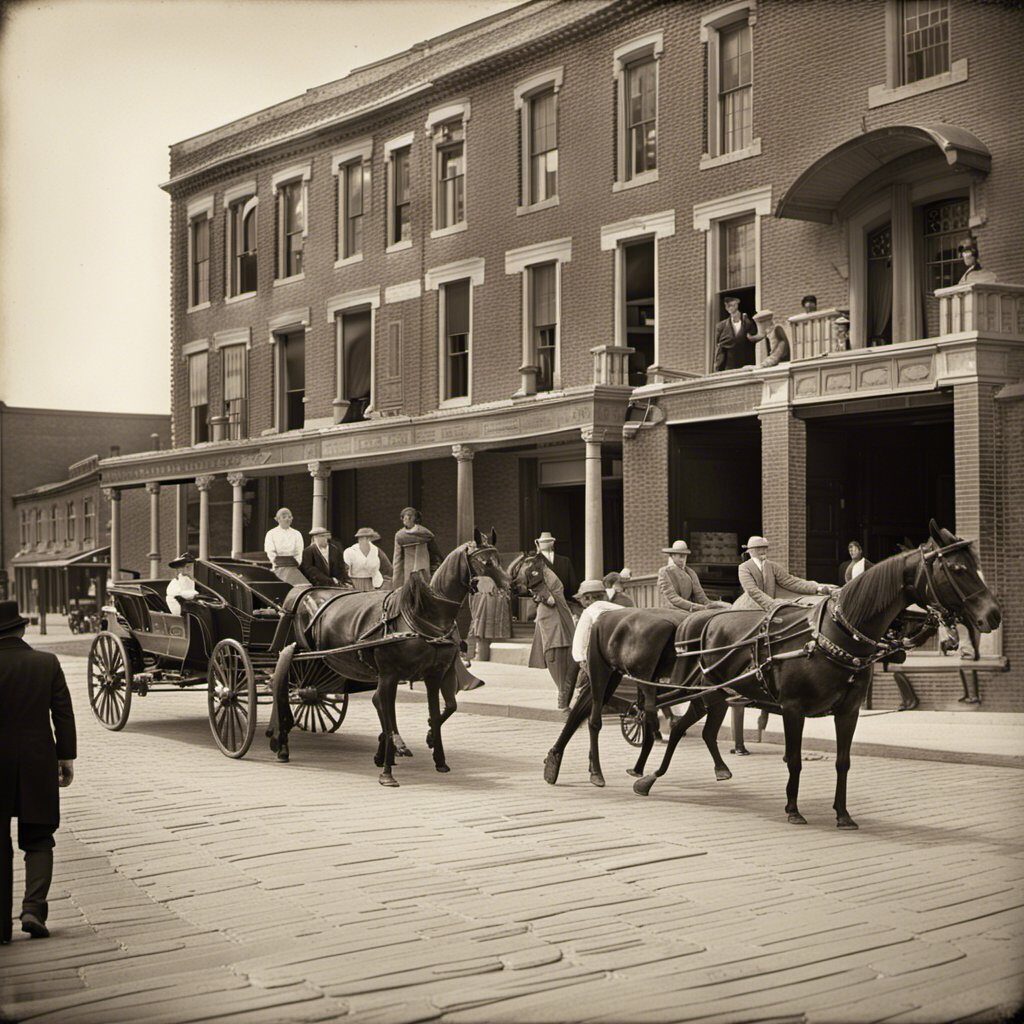
Oklahoma has several museums and heritage centers that showcase the state’s rich history. The Cherokee Heritage Center is one such center. It is dedicated to preserving and promoting Cherokee history and culture. You can visit the center to learn more about the Cherokee people and their way of life.
Historic Homes
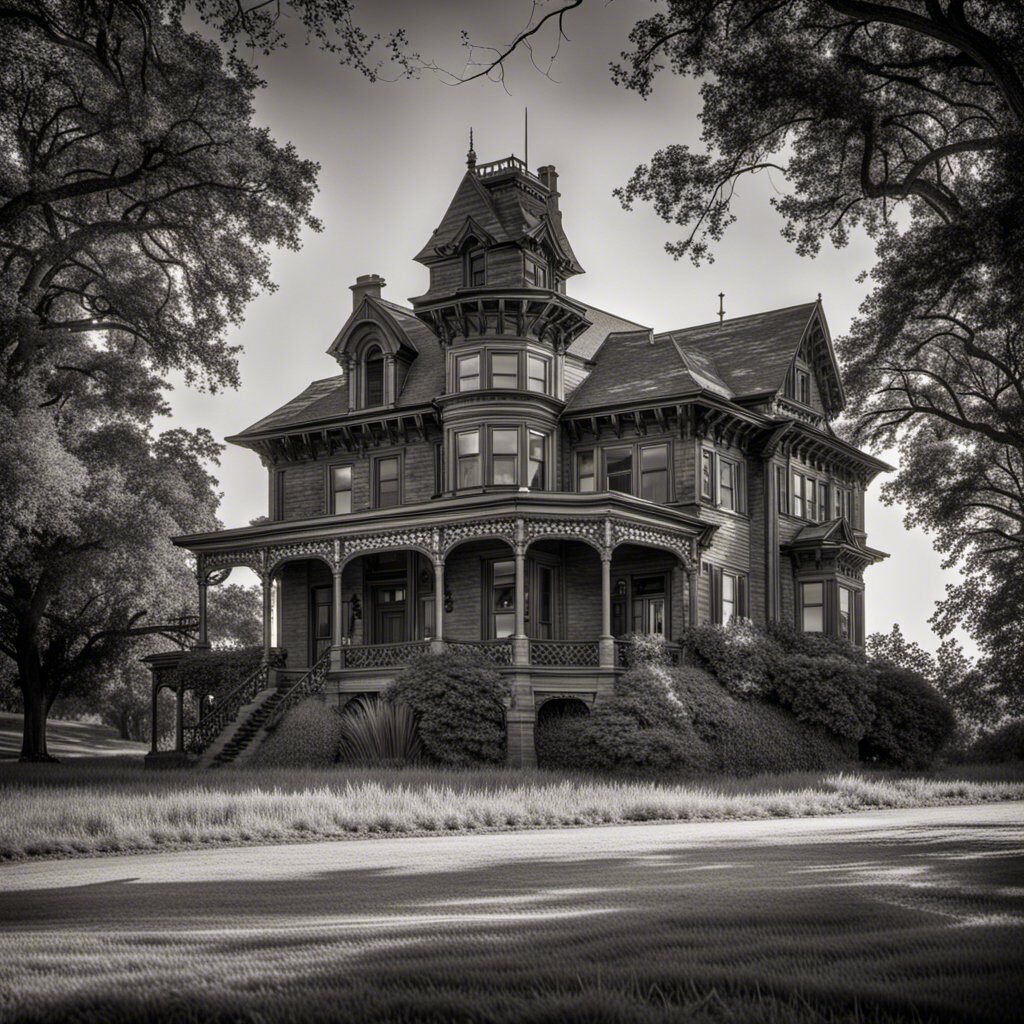
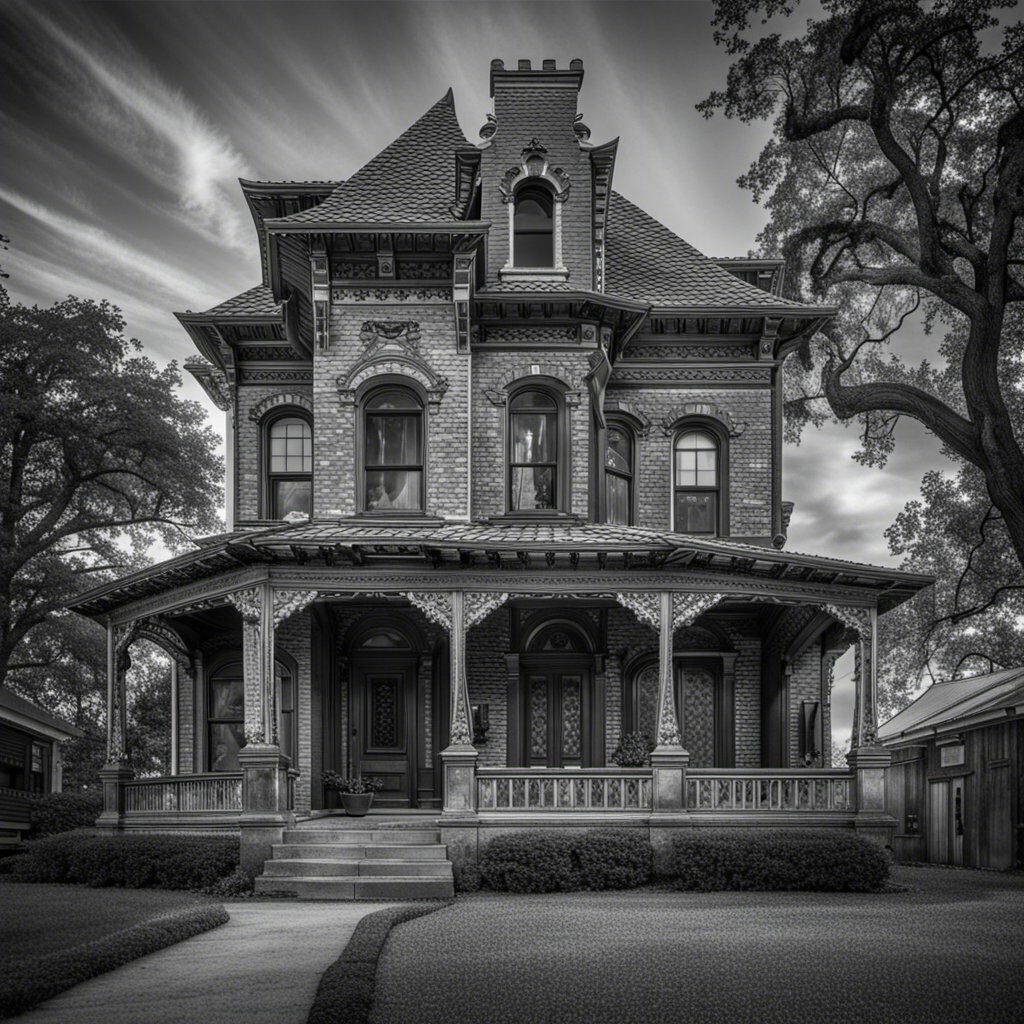
Oklahoma has several historic homes that are worth visiting. The Murrell Home is one such home. It was built in 1845 and is one of the oldest homes in Oklahoma. You can visit the Murrell Home to learn more about the history of the state and the people who lived there.
Other notable historical sites in Oklahoma include Sequoyah’s Cabin, Fort Gibson Historic Site, Honey Springs Battlefield State Park, Cherokee National Capitol, Philbrook Museum of Art, Pawnee Bill Ranch and Museum, Fort Washita Historic Site, Spiro Mounds Archaeological Center, Sod House Museum, Chisholm Trail Museum, and the Oklahoma City National Memorial. Each of these sites has its unique history and significance, and visiting them can be an exciting and educational experience.
Famous Landmarks in Oklahoma
Oklahoma is home to a variety of famous landmarks, ranging from architectural gems to natural wonders. Here are some of the most noteworthy landmarks in the state.
Architectural Landmarks
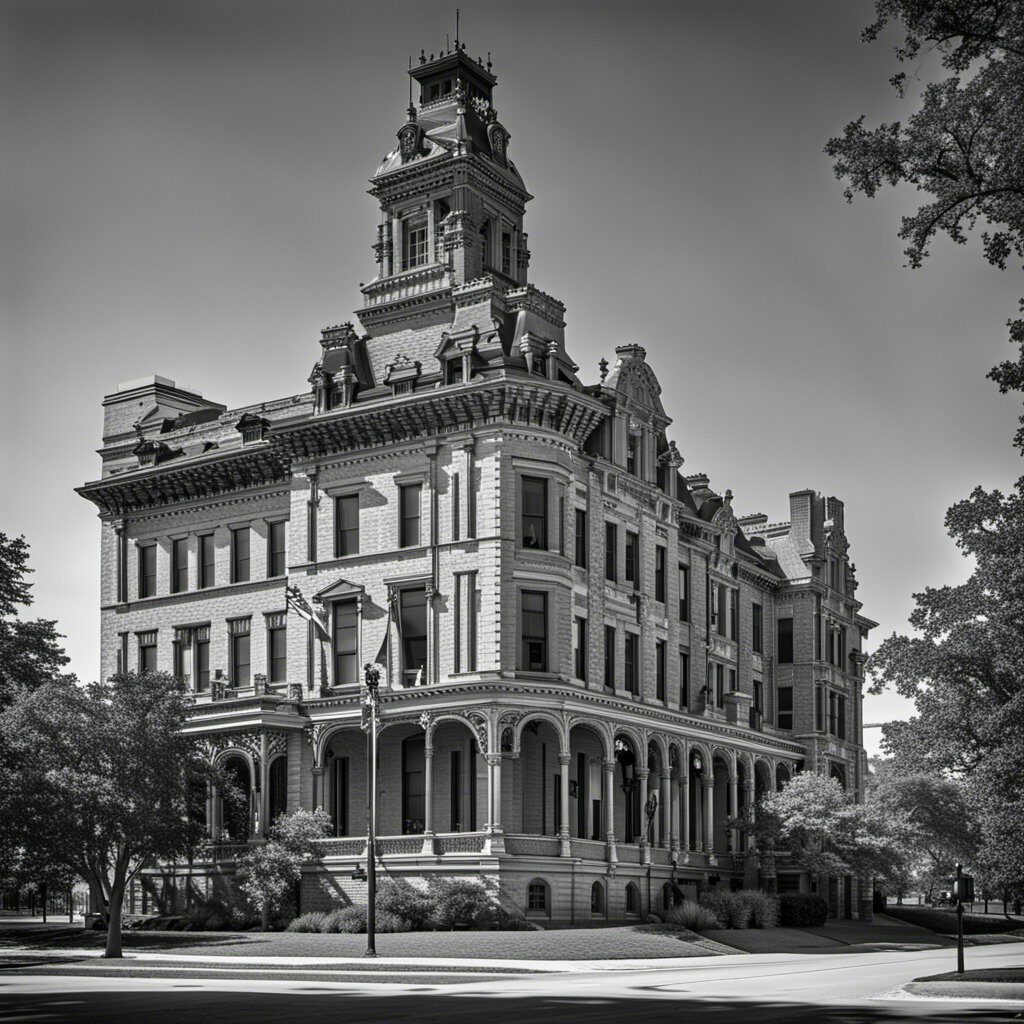
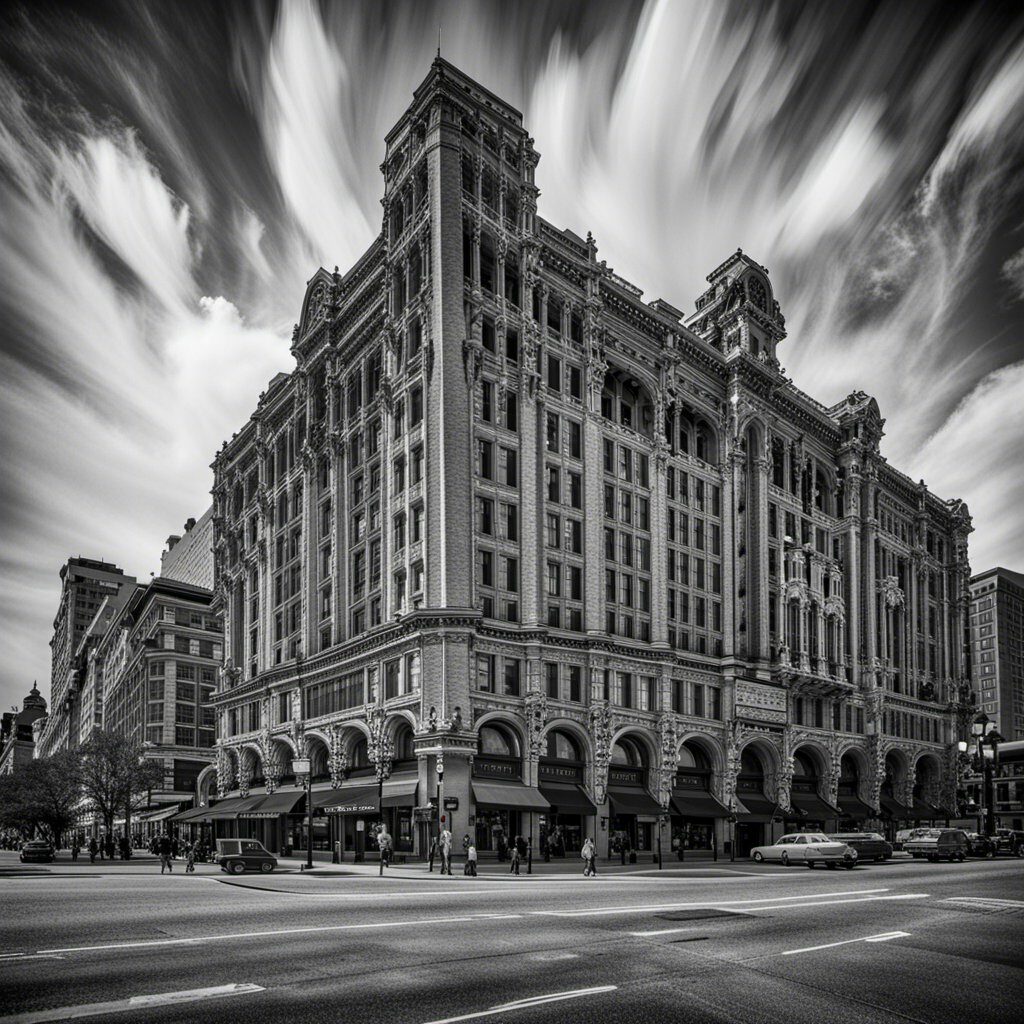
Oklahoma is home to a number of architectural landmarks that are worth visiting. One of the most famous examples is the Price Tower in Bartlesville, which was designed by renowned architect Frank Lloyd Wright. The tower is a unique example of Wright’s signature style, and it is now home to a museum and art center.
Another notable architectural landmark in Oklahoma is the Sequoyah Statue, which is located in the state capital of Oklahoma City. The statue honors Sequoyah, the Cherokee man who developed the Cherokee syllabary, and it is a popular tourist attraction.
Natural Landmarks

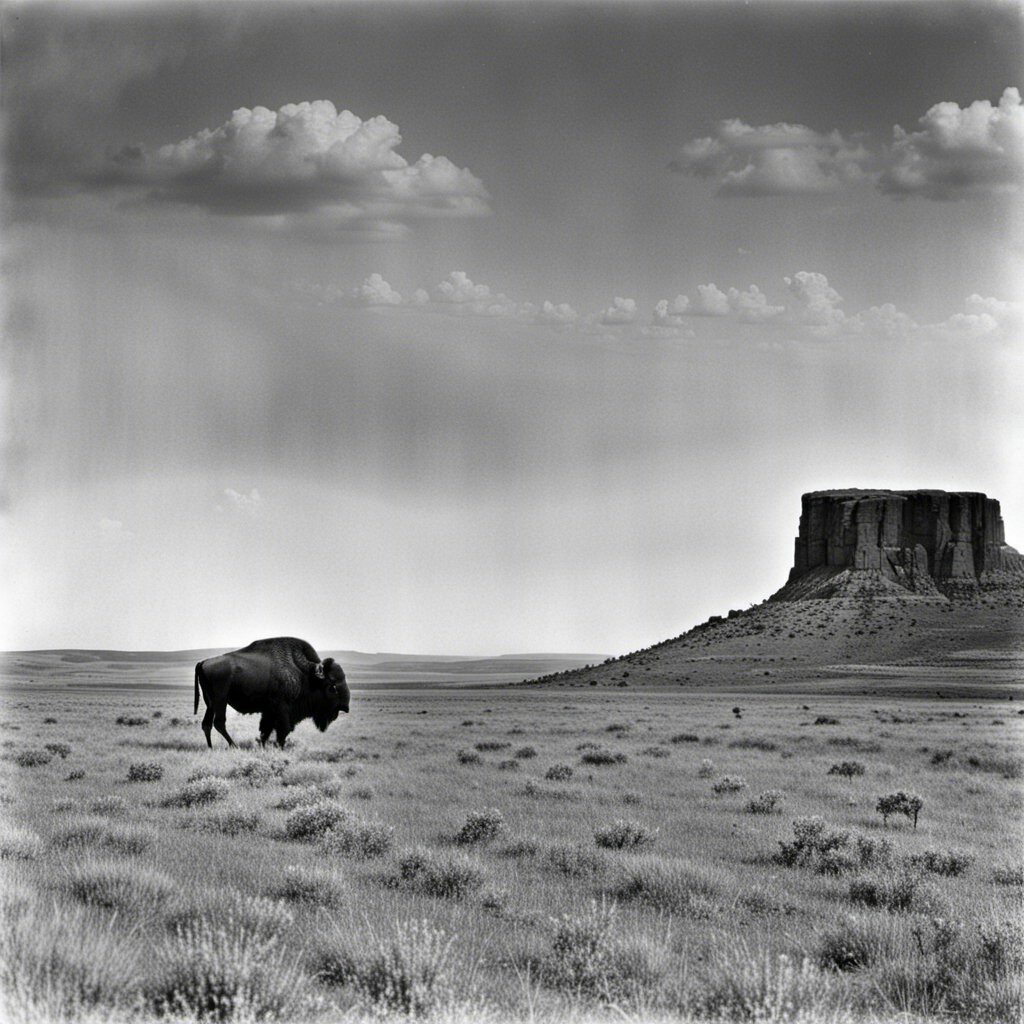
Oklahoma is also home to a number of natural landmarks that are worth exploring. One of the most famous is the Wichita Mountains Wildlife Refuge, which is home to a variety of wildlife, including bison, elk, and prairie dogs. The refuge also offers hiking trails and scenic drives that provide stunning views of the surrounding landscape.
Another popular natural landmark in Oklahoma is the Chickasaw National Recreation Area, which is located in Sulphur. The area features natural springs, hiking trails, and opportunities for fishing and boating.
Historic Districts
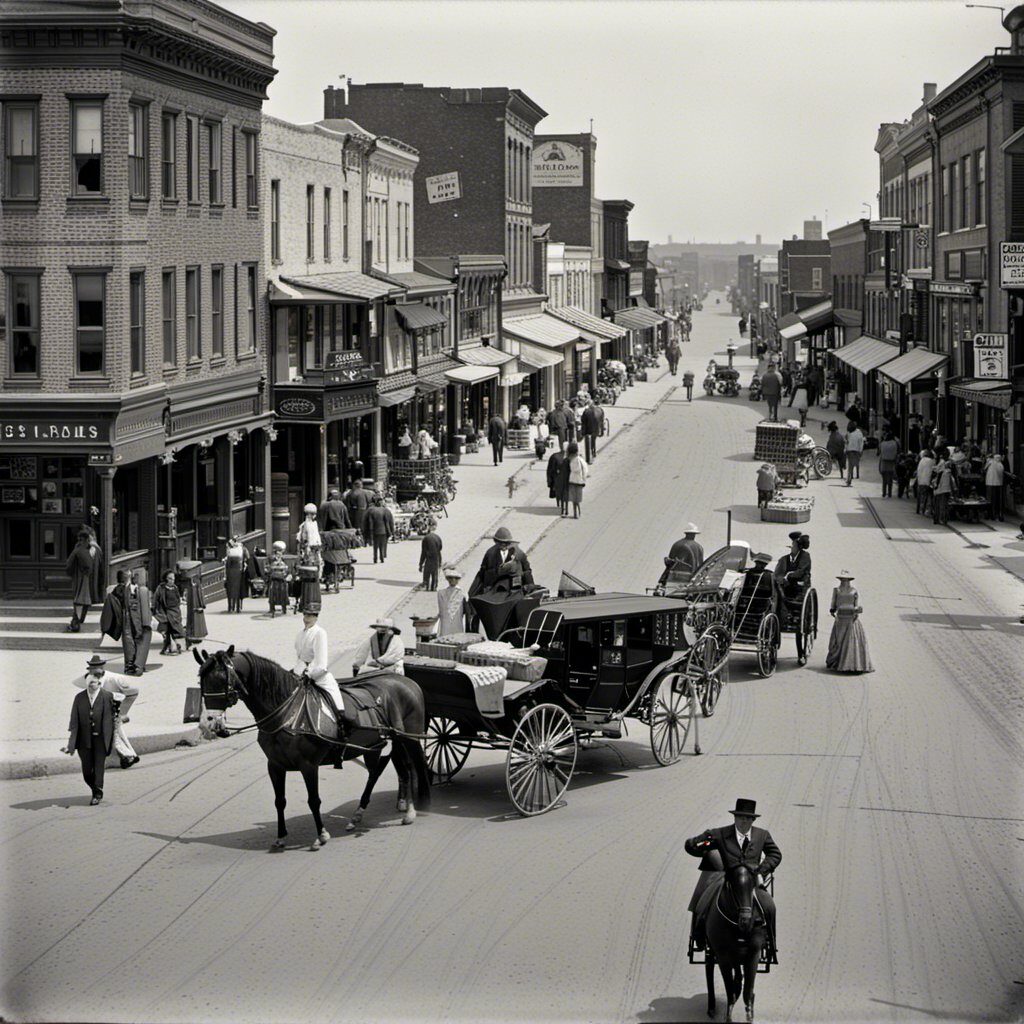
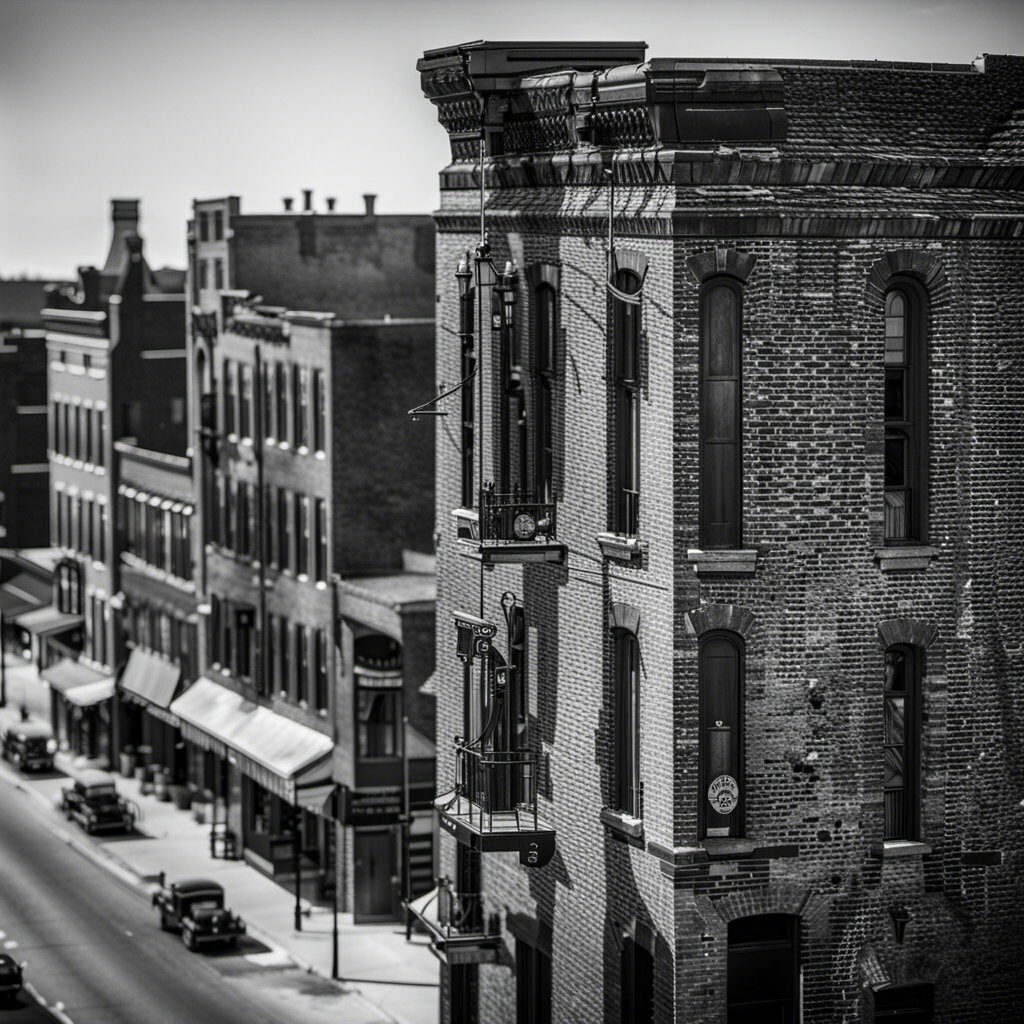
Oklahoma has several historic districts that are worth visiting. One of the most famous is the Guthrie Historic District, which is located in Guthrie. The district features over 2,000 buildings that date back to the late 19th and early 20th centuries, and it is a popular destination for history buffs.
Another notable historic district in Oklahoma is the Cyrus Avery Centennial Plaza, which is located in Tulsa. The plaza honors Cyrus Avery, who is known as the “Father of Route 66,” and it features a variety of exhibits and displays that showcase the history of the iconic highway.
National Register of Historic Places
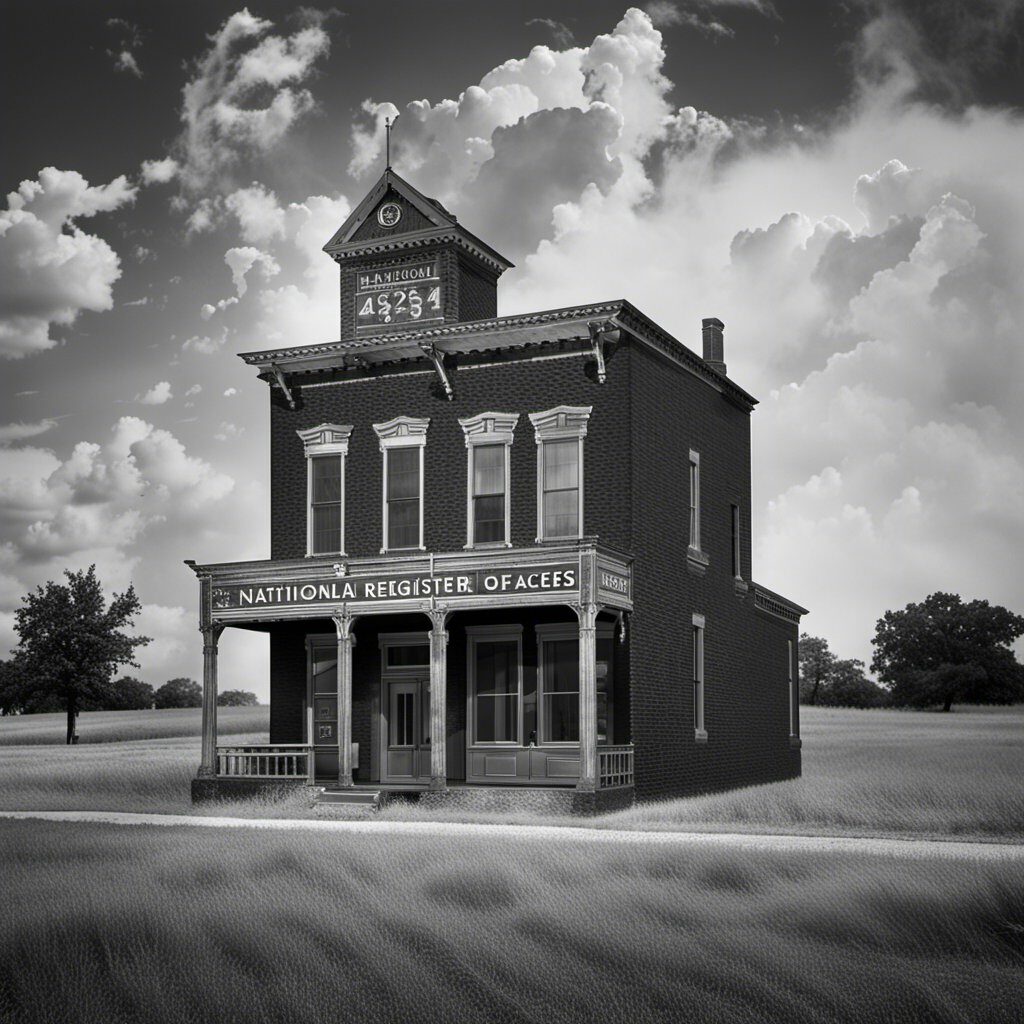
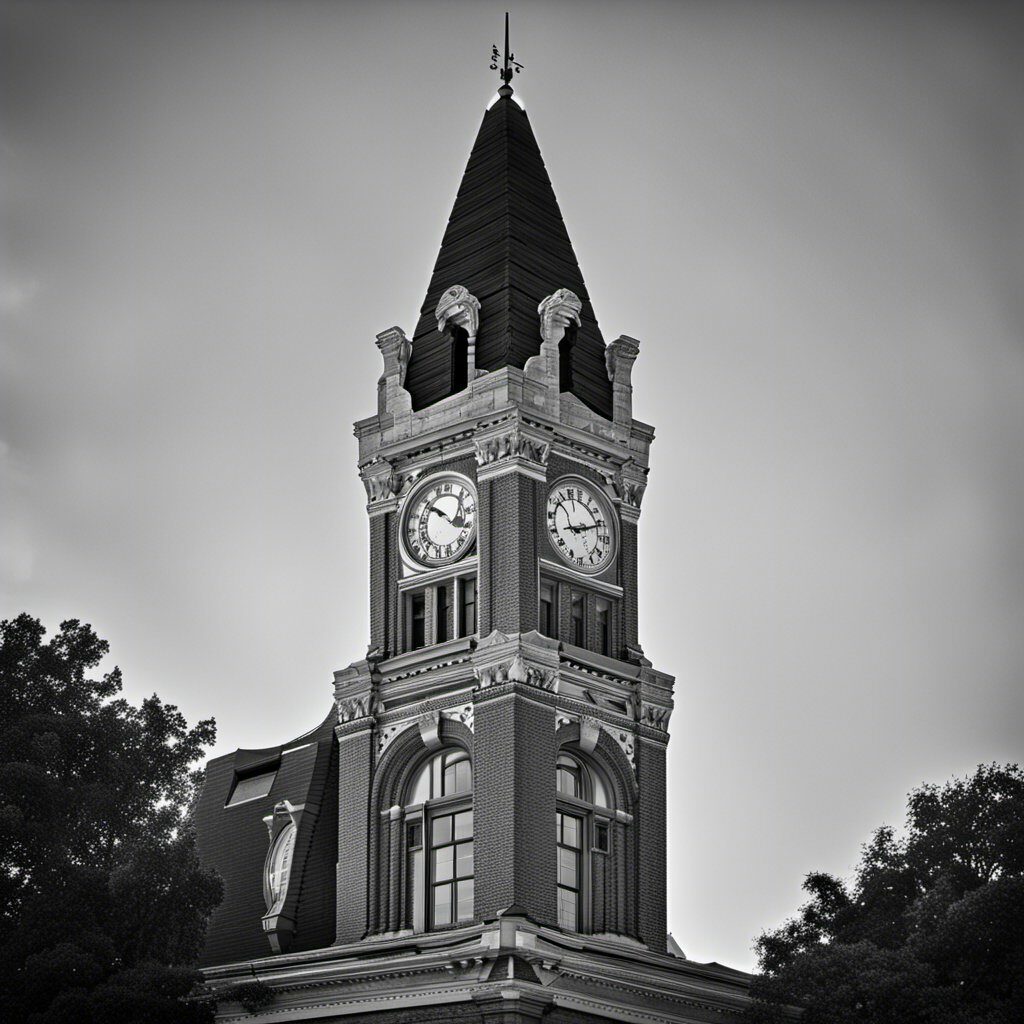
Oklahoma has a number of sites that are listed on the National Register of Historic Places. One of the most famous is the Spiro Mounds Archaeological Center, which is located in Spiro. The center features a variety of exhibits and displays that showcase the history of the Spiro Mounds, which were once home to a thriving Native American civilization.
Another notable site on the National Register of Historic Places is the Honey Springs Battlefield, which is located near Checotah. The battlefield was the site of a major Civil War battle, and it features a variety of exhibits and displays that provide insight into the conflict.
Overall, Oklahoma is home to a wide range of famous landmarks that are worth exploring. Whether you’re interested in architecture, nature, or history, you’re sure to find something that appeals to you in this fascinating state.
Oklahoma’s Historical Cities and Towns
Oklahoma is rich in history and culture, with many cities and towns that have played a significant role in shaping the state’s past. Here are five of the most historical cities and towns in Oklahoma that you must visit.
Oklahoma City
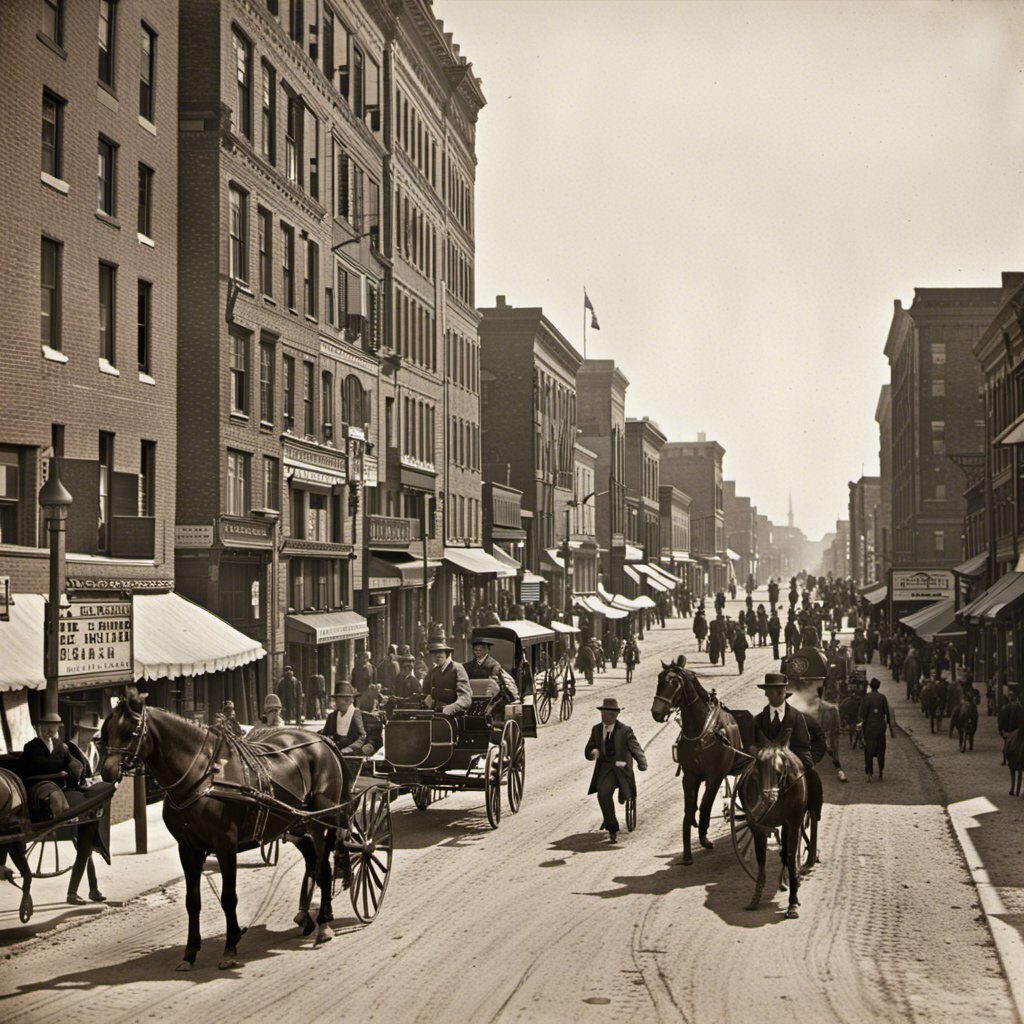
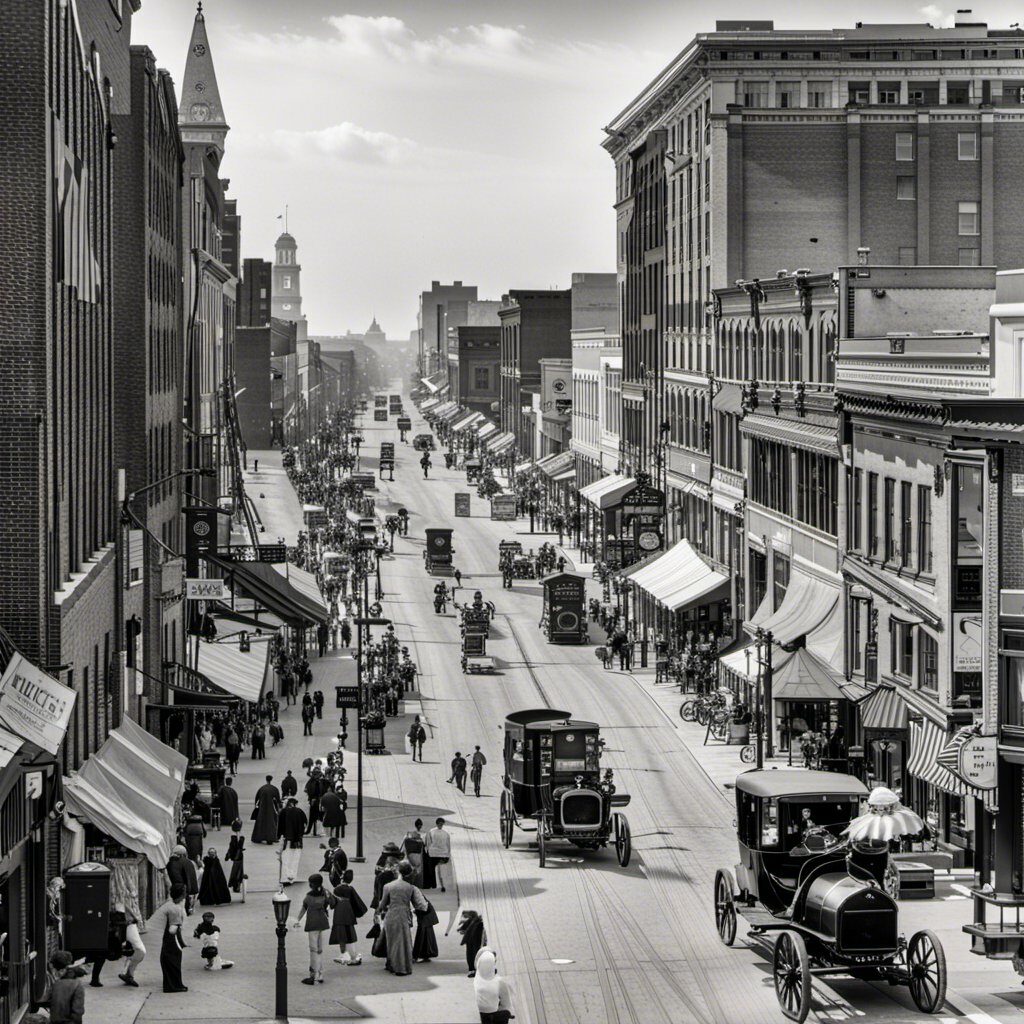
Oklahoma City is the capital of Oklahoma and is known for its western charm and rich history. The city has many historical landmarks, including the Oklahoma State Capitol, which was built in 1917 and is listed on the National Register of Historic Places.
Guthrie
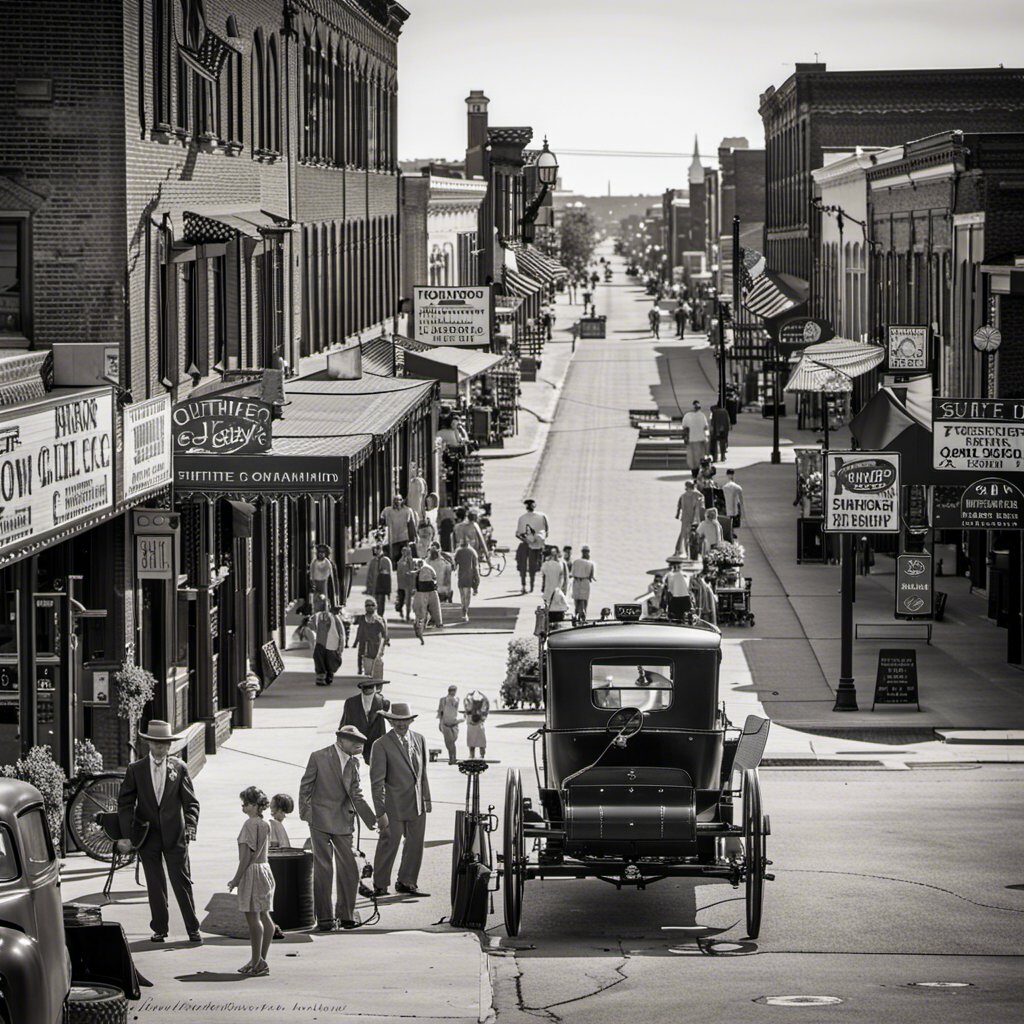
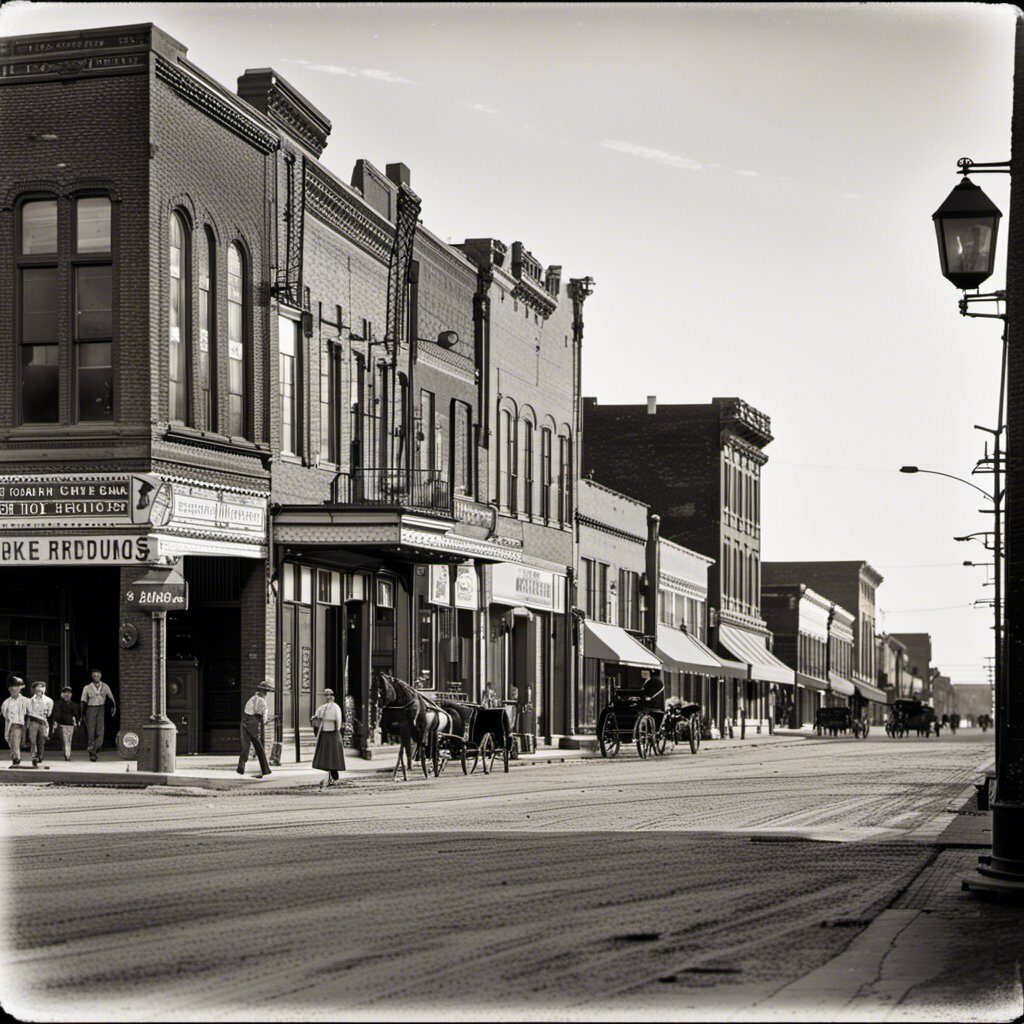
Guthrie is a small town located in Logan County and is known for its Victorian architecture and historic downtown district. The town was once the capital of Oklahoma Territory and is home to many historic buildings, including the Scottish Rite Masonic Temple and the Pollard Theatre.
Tulsa
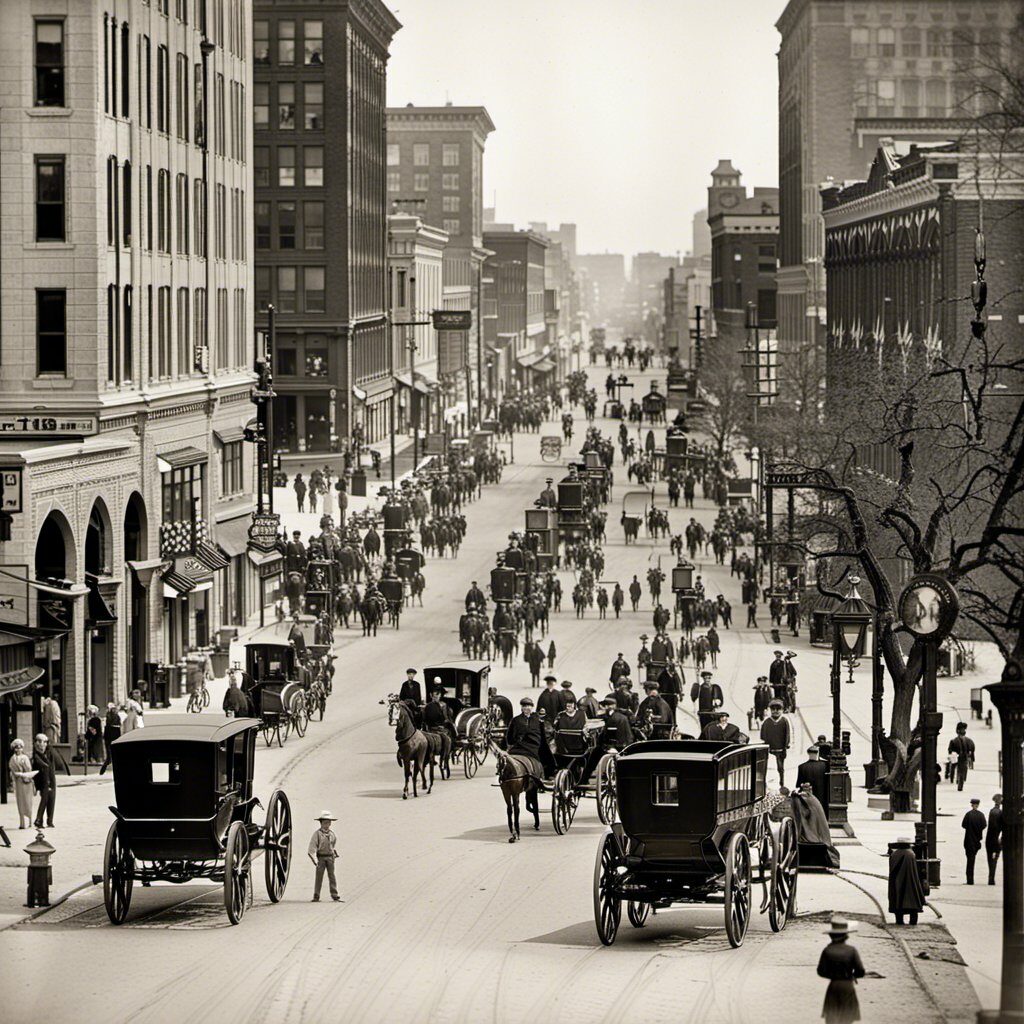
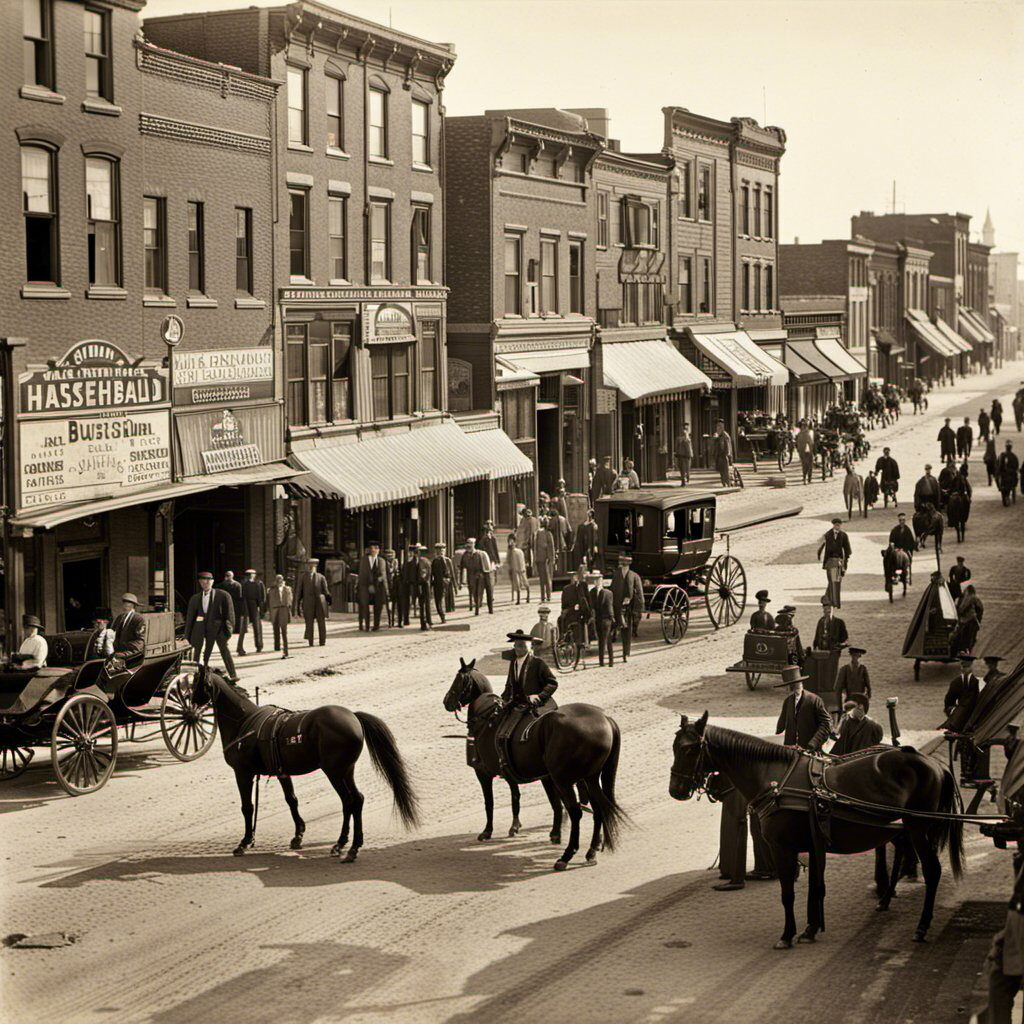
Tulsa is the second-largest city in Oklahoma and is known for its art deco architecture and oil history. The city has many historic landmarks, including the Philbrook Museum of Art, which was once the home of oil magnate Waite Phillips, and the Tulsa Union Depot, which was built in 1931 and is now home to the Oklahoma Jazz Hall of Fame.
Tahlequah
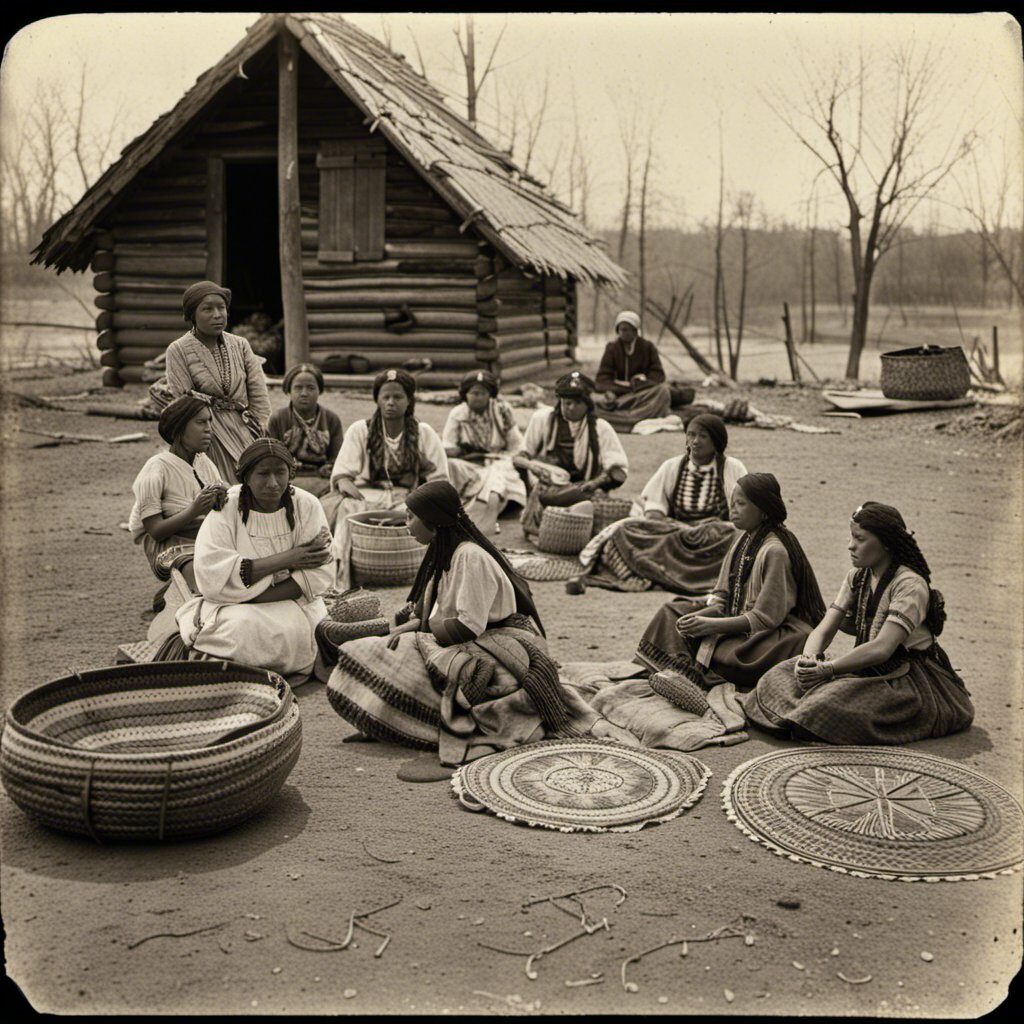
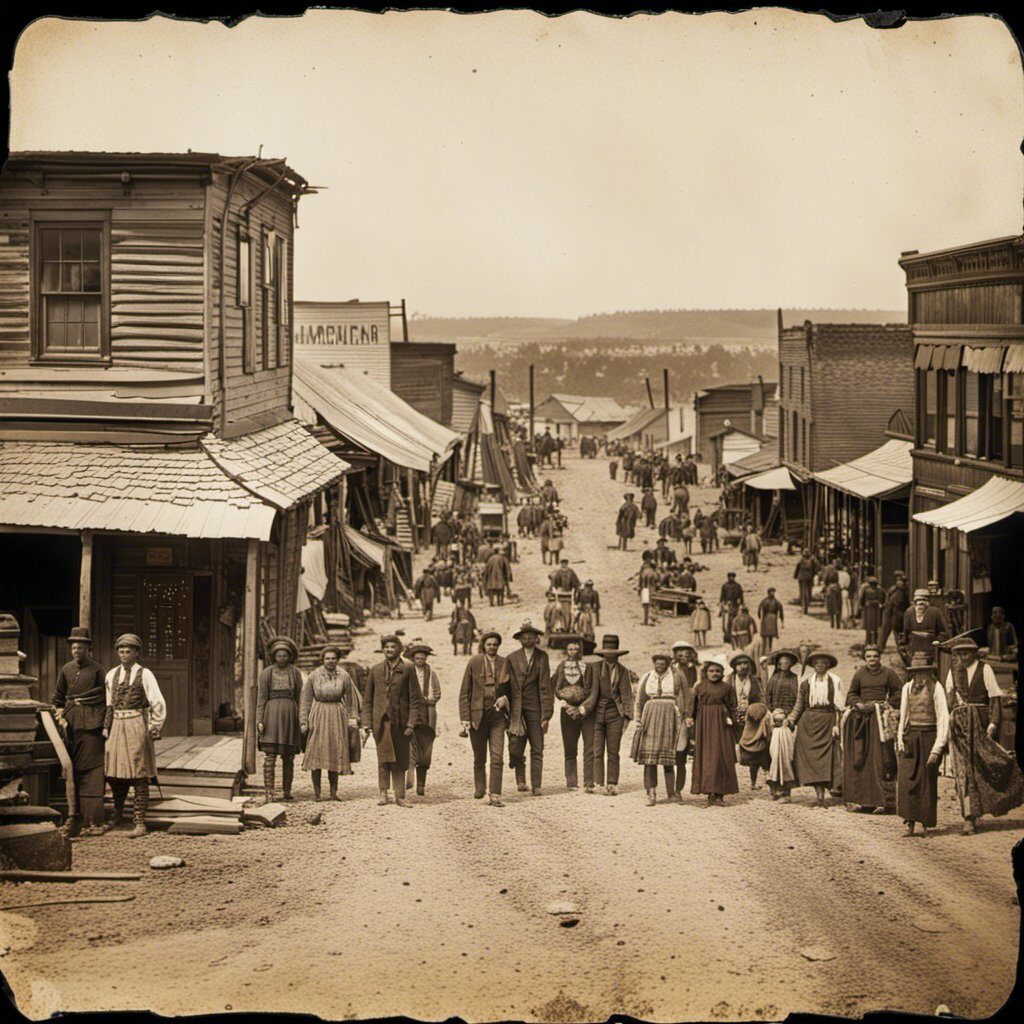
Tahlequah is the capital of the Cherokee Nation and is known for its rich Native American history. The town has many historical landmarks, including the Cherokee Heritage Center, which is dedicated to preserving Cherokee culture and history, and the Murrell Home, which was once the home of a prominent Cherokee family.
Muskogee
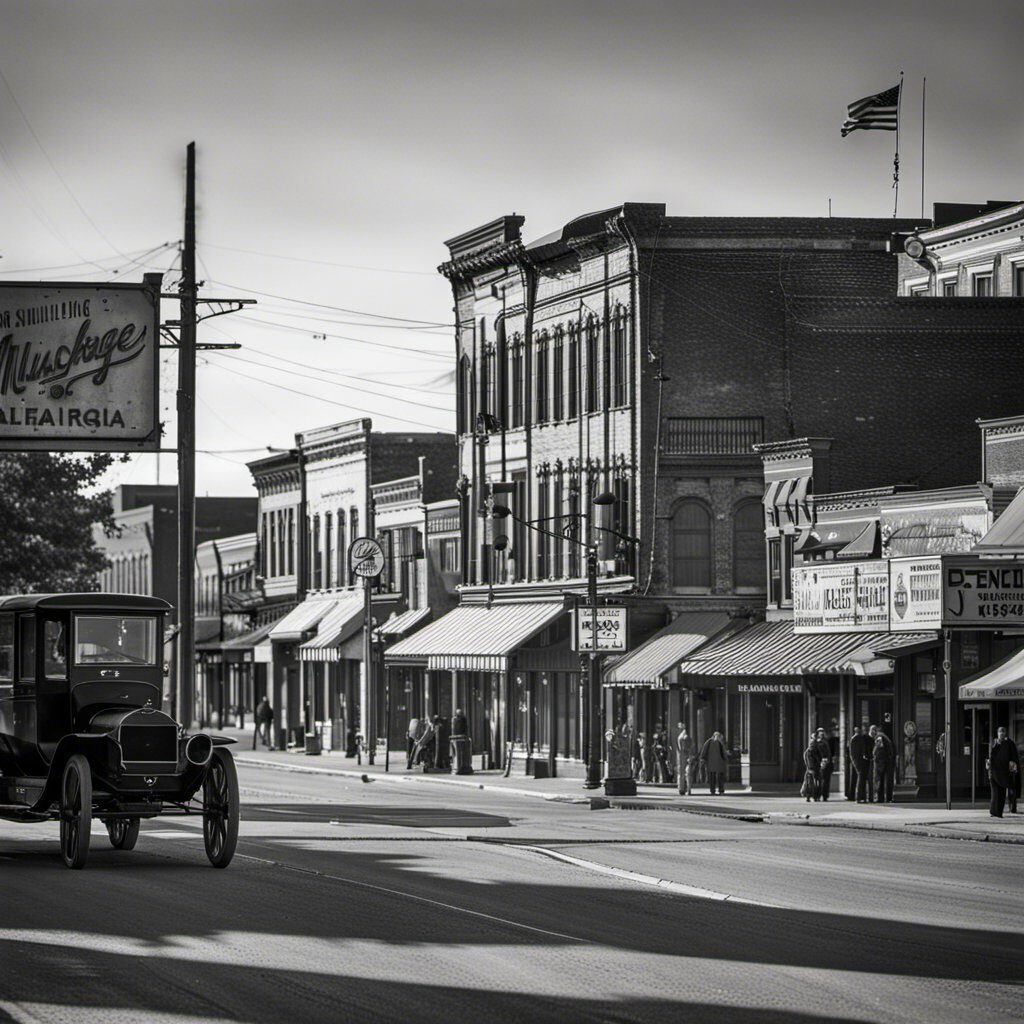
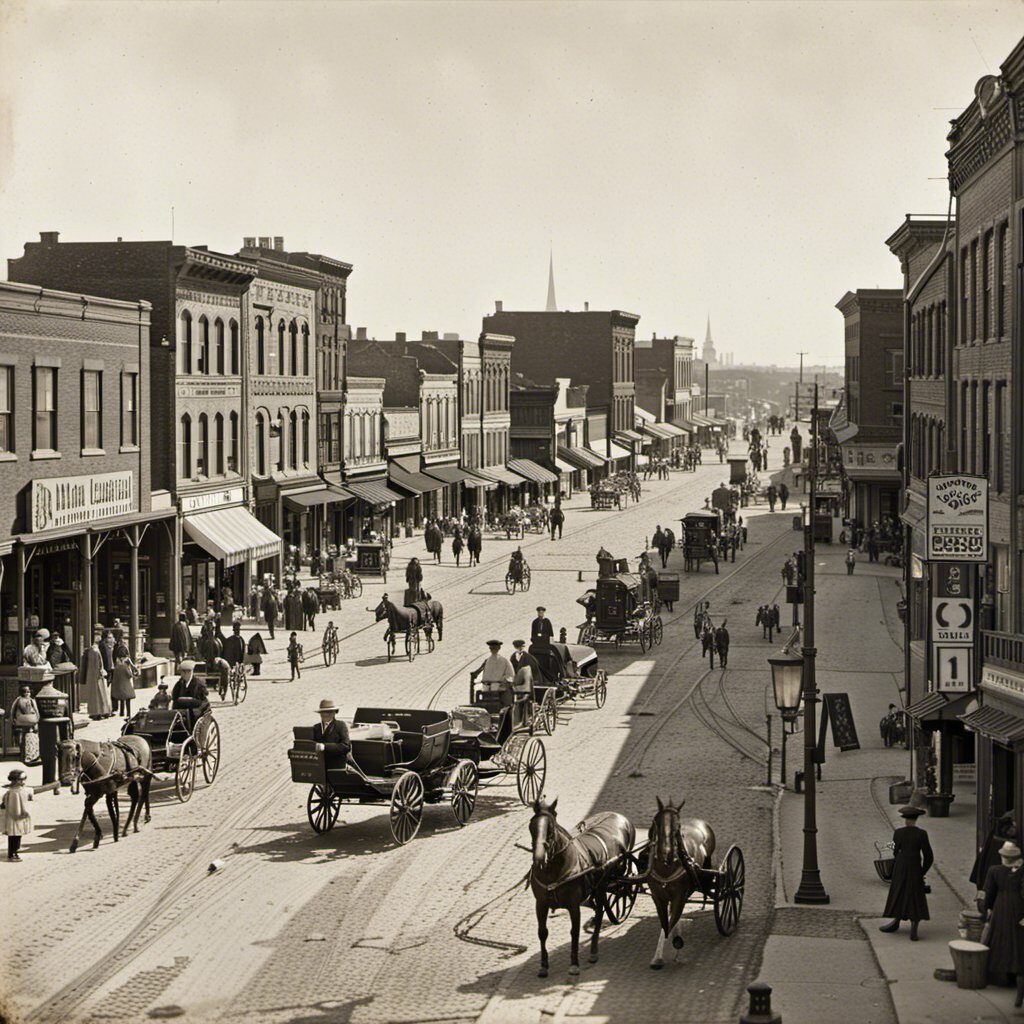
Muskogee is a small town located in eastern Oklahoma and is known for its historic downtown district and the Five Civilized Tribes Museum. The town was once a major trading post for Native Americans and is home to many historic buildings, including the Roxy Theater and the Muskogee Civic Center.
Whether you’re interested in Native American history, western charm, or art deco architecture, Oklahoma has something for everyone. These five historical cities and towns are just a few of the many places you can visit to learn more about Oklahoma’s rich history and culture.
Historical Events and Trails
Oklahoma has a rich history filled with stories of battles, trails, and wars. Here are some of the most notable events and trails that shaped the state’s history.
Civil War Battles
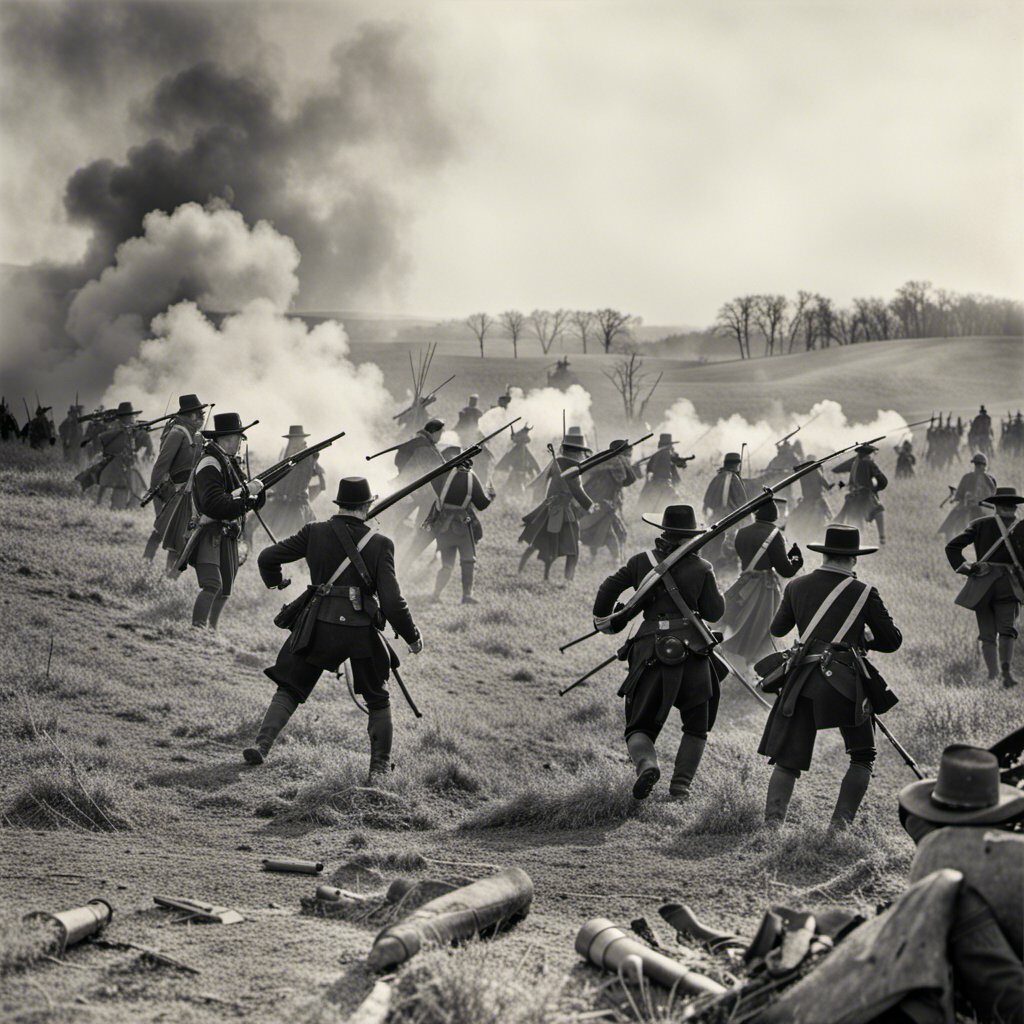
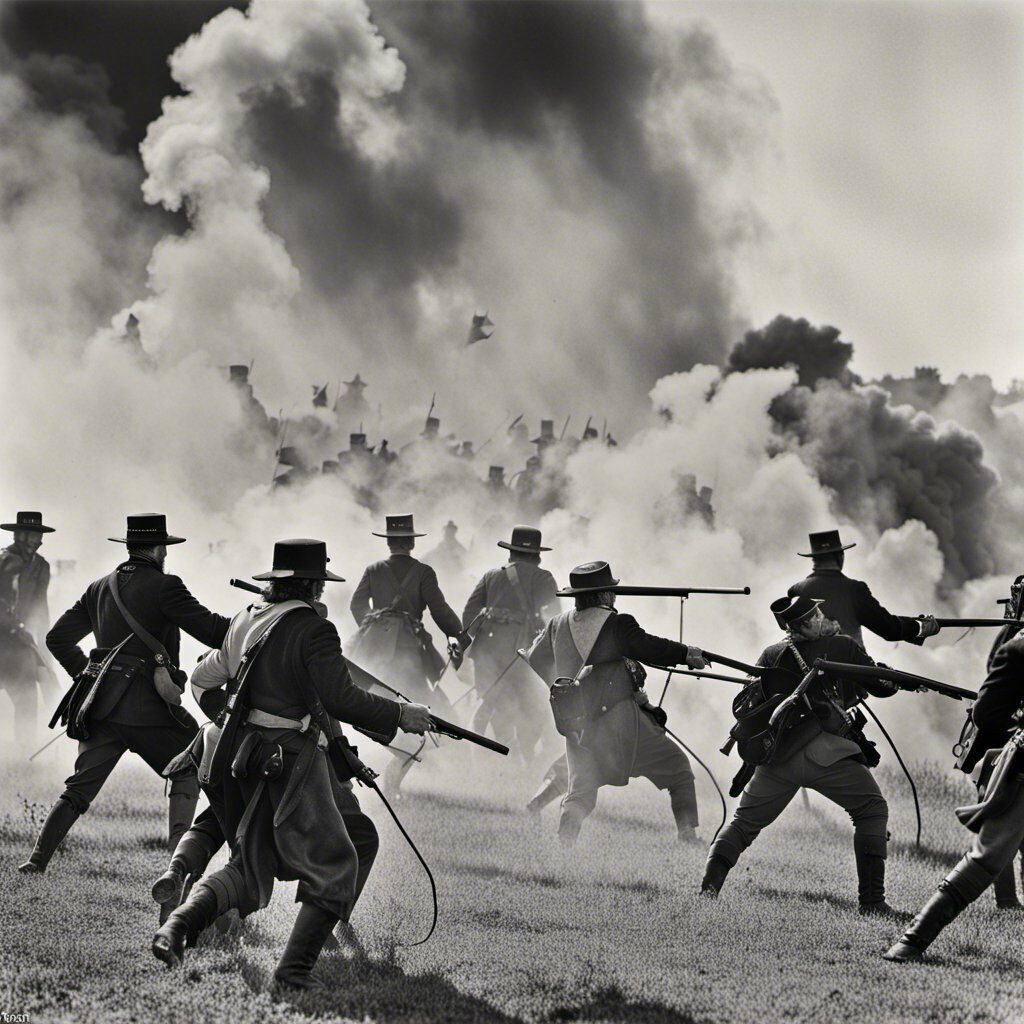
During the Civil War, Oklahoma was a battleground for various battles that took place. The most significant of these battles was the Battle of Honey Springs, fought on July 17, 1863. This battle was part of the Union’s campaign to gain control of Indian Territory and cut off Confederate supply lines. The Union forces, consisting of black and white troops, defeated the Confederate forces, which included Native American troops. The Battle of Honey Springs was the largest Civil War battle fought in Indian Territory and a turning point in the war.
Historical Trails
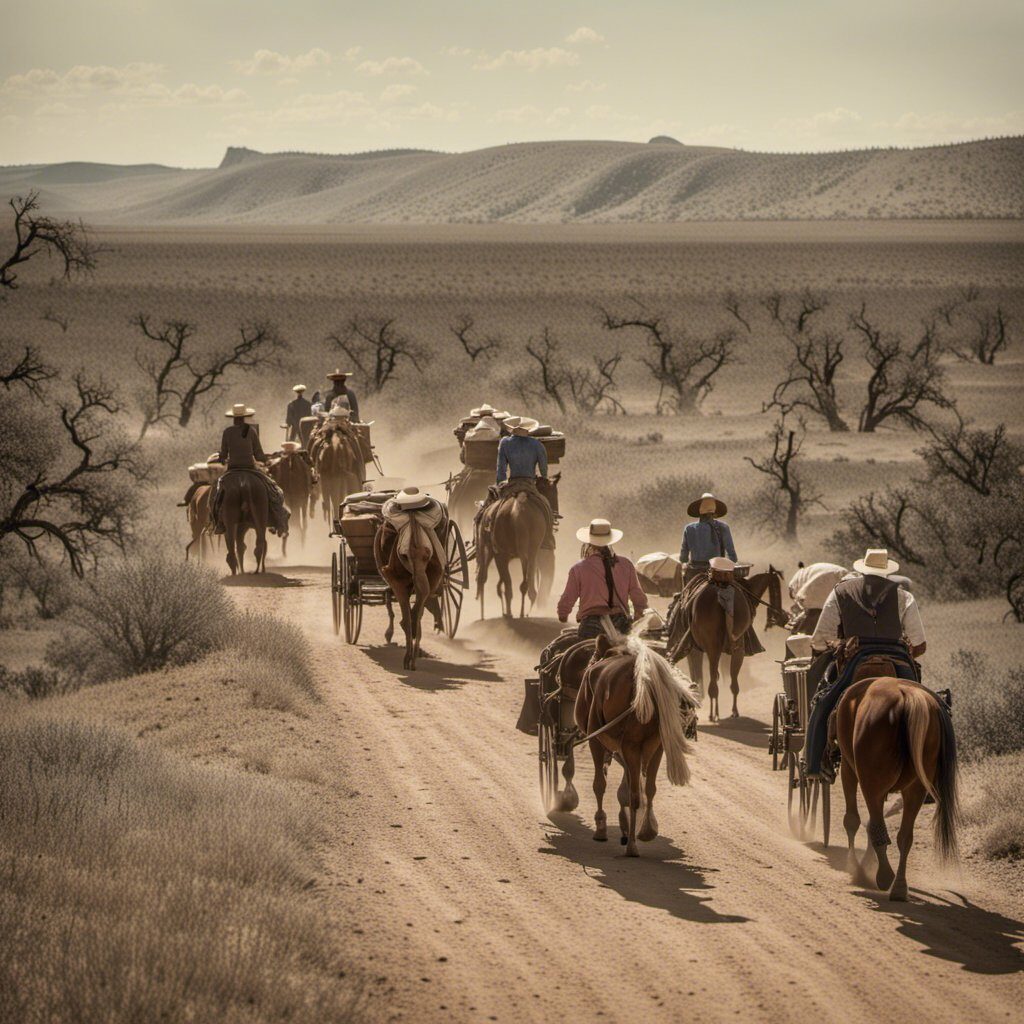
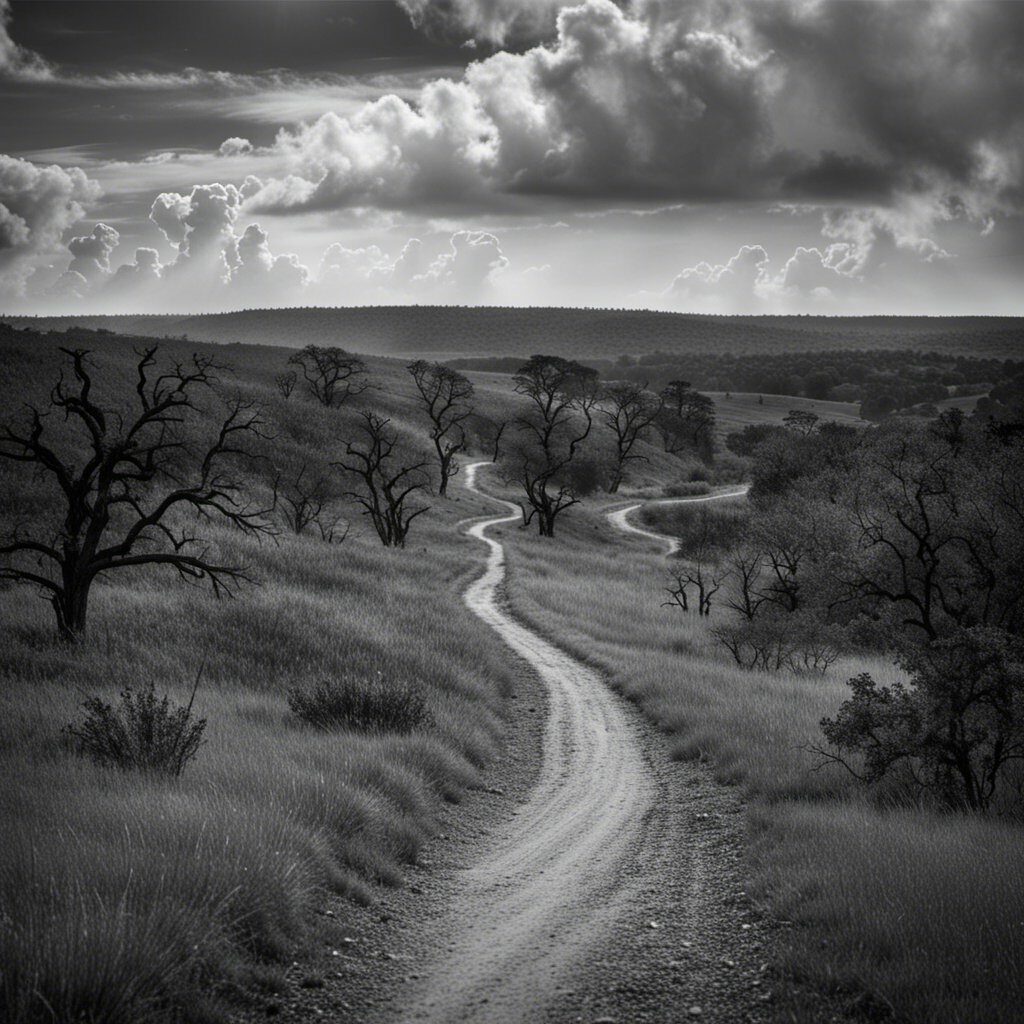
Oklahoma was a crossroads for several historical trails that played a significant role in the state’s history. The Trail of Tears was a forced relocation of Native Americans from their ancestral lands in the Southeast to Indian Territory in the 1830s. The Chisholm Trail was a cattle drive route that ran from Texas to Kansas in the late 1800s. The Santa Fe Trail was a trade route that connected Missouri to Santa Fe, New Mexico, in the 1800s. These trails were vital to the development of Oklahoma and played a significant role in shaping the state’s history.
Indian Wars
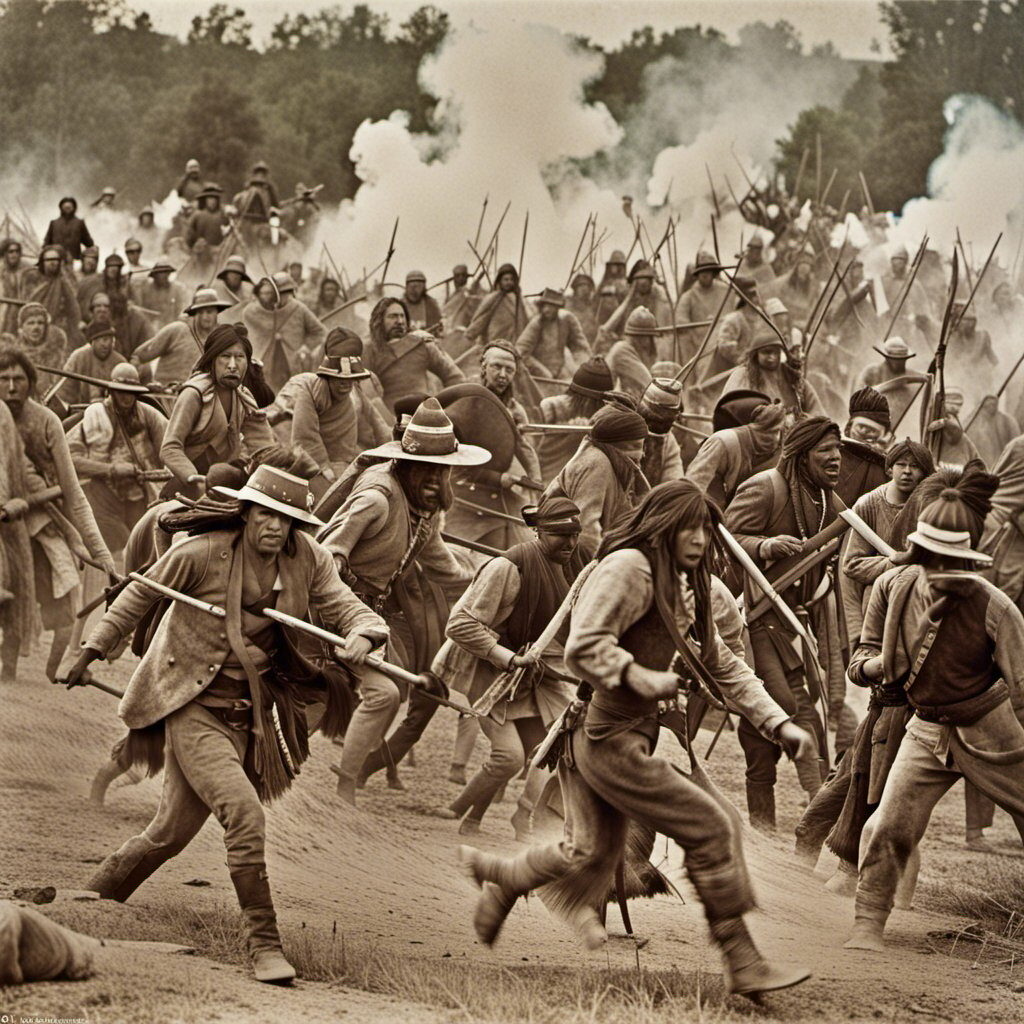
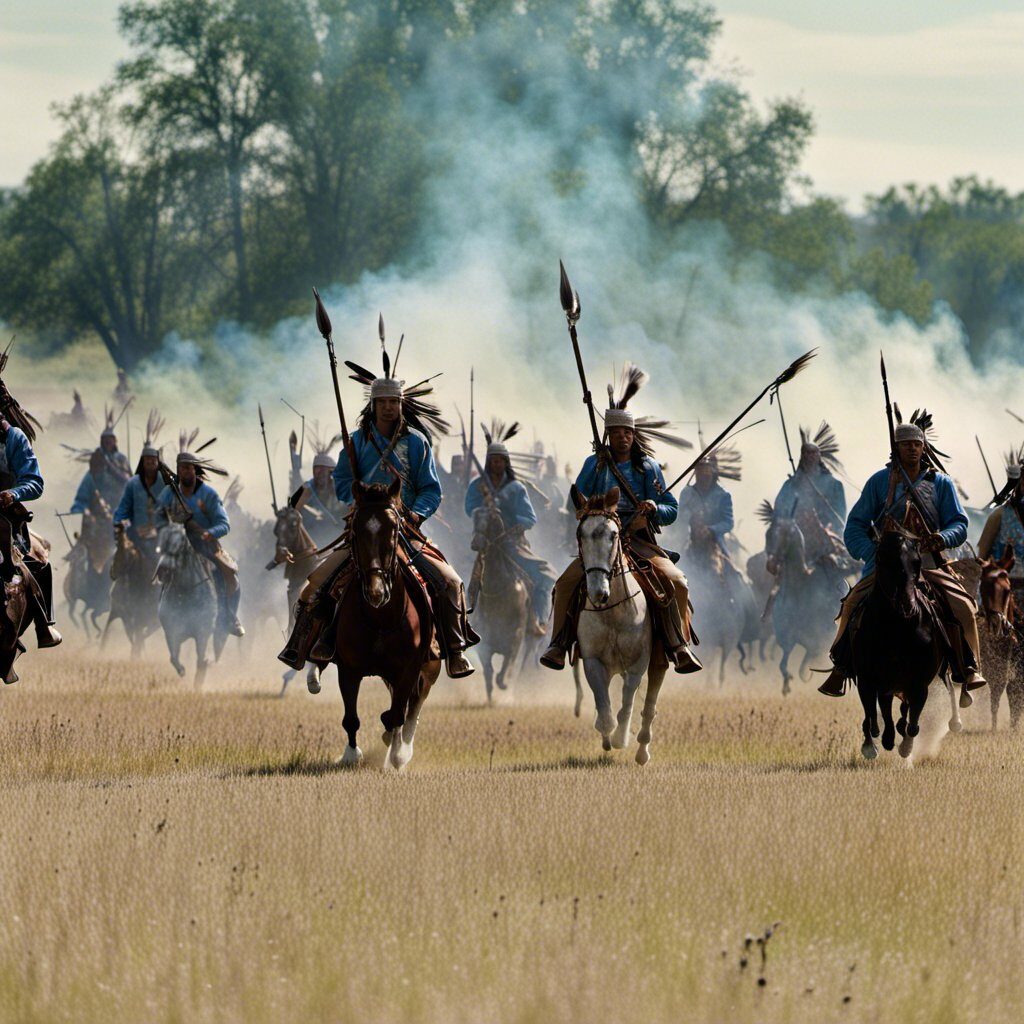
Oklahoma was the site of several Indian Wars in the late 1800s. These wars were fought between the United States government and various Native American tribes who resisted the government’s efforts to relocate them to reservations. The most significant of these wars was the Red River War, fought in 1874-1875, which resulted in the relocation of several Native American tribes to reservations in Indian Territory. Other notable Indian Wars include the Battle of Washita River and the Battle of Little Bighorn.
In conclusion, Oklahoma’s history is filled with exciting events and trails that have shaped the state’s identity. From Civil War battles to historical trails and Indian Wars, Oklahoma’s history is rich and diverse. Whether you are a history buff or just interested in learning more about the state’s past, Oklahoma has something to offer.
Cultural Significance of Historical Sites and Landmarks
Oklahoma is a state with a rich cultural heritage, and its historical sites and landmarks are an important part of that heritage. These sites and landmarks offer a glimpse into the state’s past and provide insight into the people and events that have shaped Oklahoma’s history. In this section, we will explore the cultural significance of historical sites and landmarks in Oklahoma, focusing on Native American history and cultural events and festivals.
Native American History
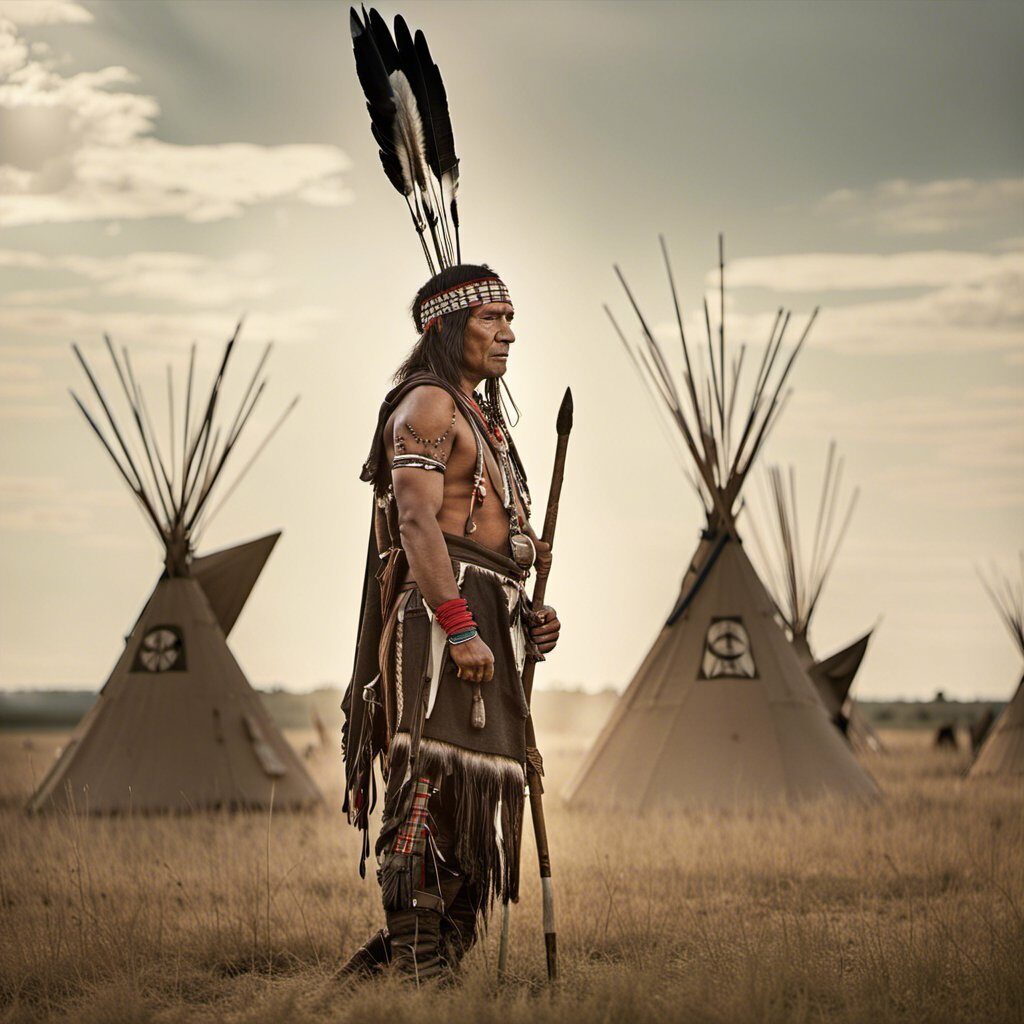
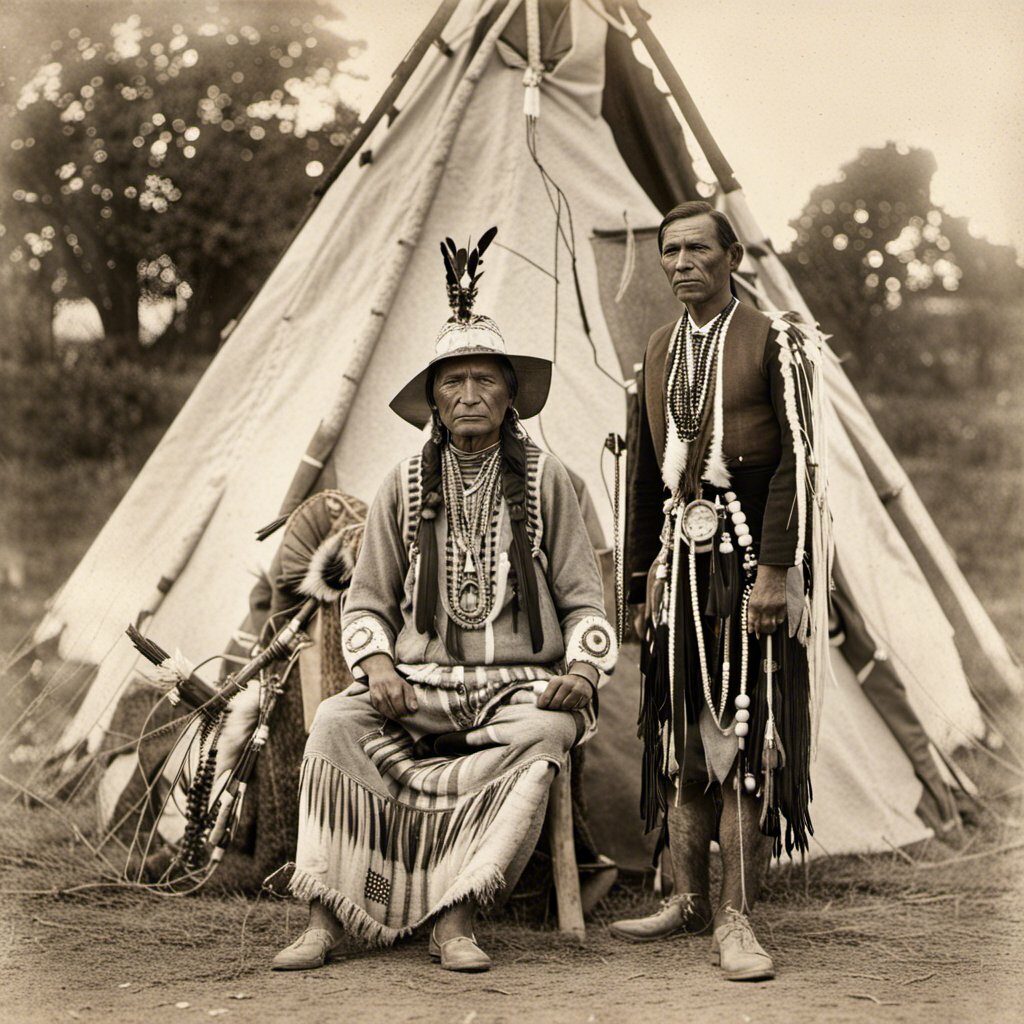
Native American history is an integral part of Oklahoma’s cultural heritage, and historical sites and landmarks play a crucial role in preserving that heritage. The Cherokee Nation and Chickasaw Nation are two of the most prominent Native American tribes in Oklahoma, and their history is deeply intertwined with the state’s history.
One of the most significant historical sites in Oklahoma is the Indian Territory, which was established in the 1830s as a result of the Indian Removal Act. This territory was home to many Native American tribes, including the Cherokee, Chickasaw, Choctaw, Creek, and Seminole Nations. Today, many of these tribes continue to play an important role in Oklahoma’s cultural life.
Cultural Events and Festivals
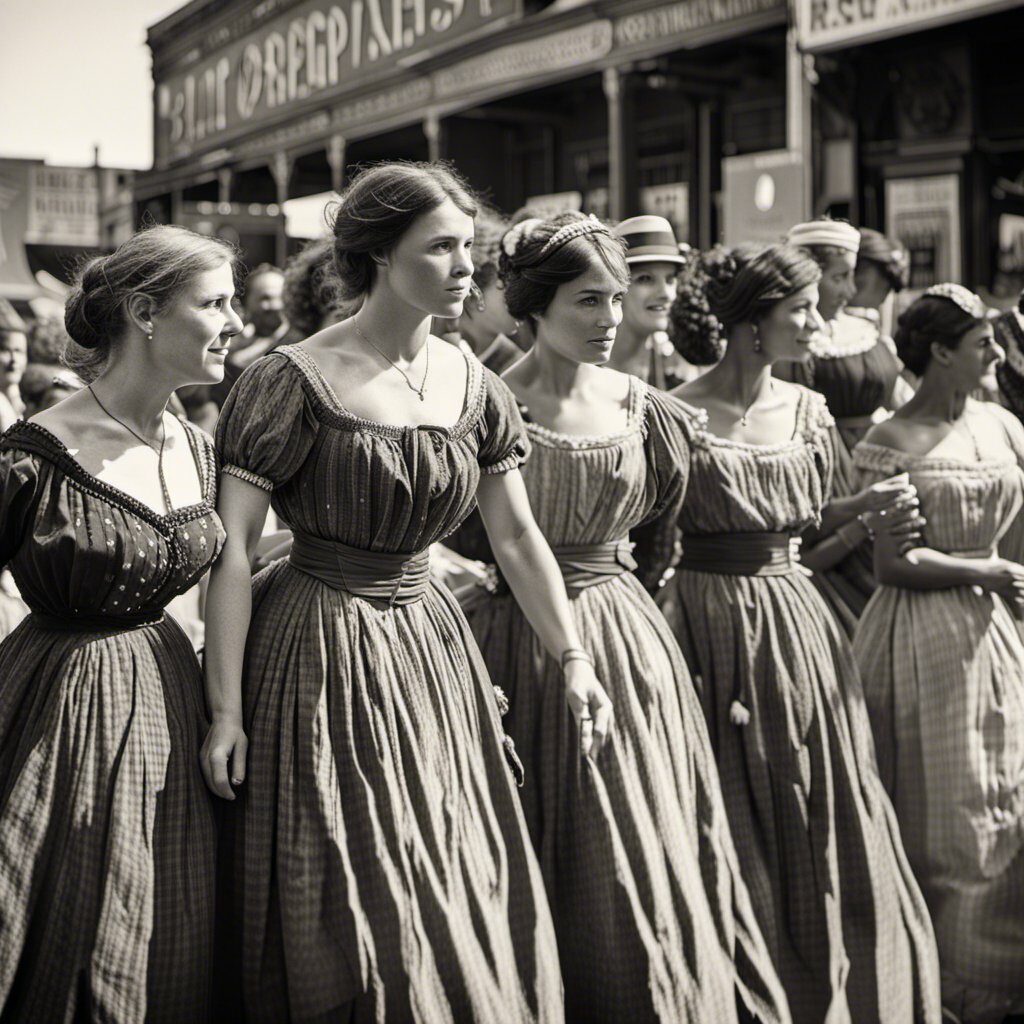
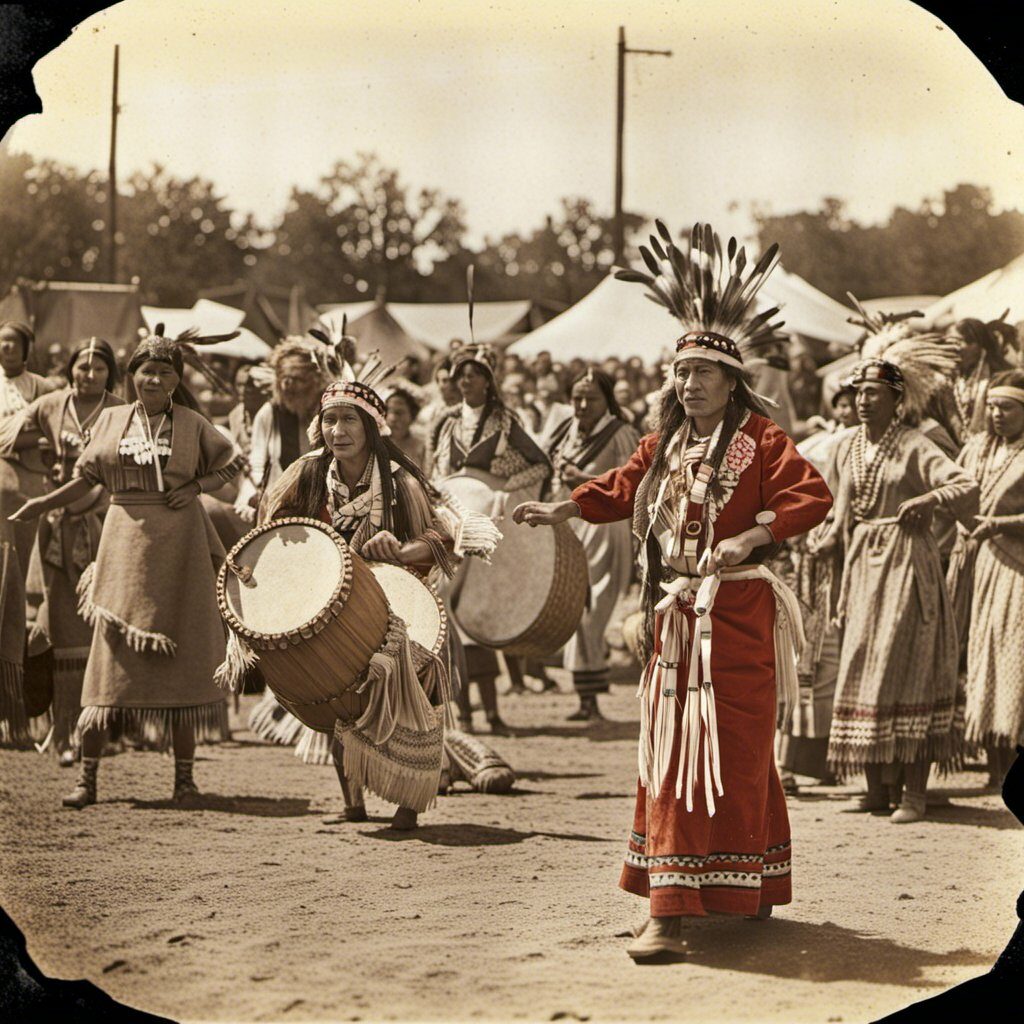
In addition to historical sites and landmarks, Oklahoma is also home to many cultural events and festivals that celebrate the state’s rich heritage. Living history events are a popular way for visitors to experience Oklahoma’s past firsthand, and many of these events take place at historical sites and landmarks throughout the state.
One of the most popular cultural events in Oklahoma is the Red Earth Festival, which celebrates Native American culture and art. This festival features traditional dances, music, and art, as well as a parade and a powwow. The Oklahoma City Memorial Marathon is another popular event that celebrates the state’s history and culture. This marathon honors the victims of the Oklahoma City bombing and raises funds for the Oklahoma City National Memorial & Museum.
In conclusion, historical sites and landmarks play an essential role in preserving Oklahoma’s cultural heritage. Native American history and cultural events and festivals are just two examples of the many ways in which Oklahoma celebrates its past. Whether you are a visitor or a resident, these sites and events offer a unique opportunity to experience the rich cultural history of Oklahoma.
Frequently Asked Questions
What are some must-see historical sites in Oklahoma?
Oklahoma is rich in history and culture, and there are many historical sites worth visiting. Some of the must-see historical sites in Oklahoma include the Cherokee Heritage Center, the Oklahoma History Center, and the Fort Gibson Historic Site. These sites offer a glimpse into Oklahoma’s past and provide visitors with a deeper understanding of the state’s unique history.
What is the significance of the Oklahoma City National Memorial & Museum?
The Oklahoma City National Memorial & Museum is a tribute to the victims, survivors, and rescuers of the 1995 bombing of the Alfred P. Murrah Federal Building in Oklahoma City. The museum serves as a reminder of the importance of unity, compassion, and hope in the face of tragedy. It is a must-visit for anyone interested in learning more about this important event in American history.
What are some of the most famous landmarks in Oklahoma?
Oklahoma is home to many famous landmarks, including the Will Rogers Memorial, the Philbrook Museum of Art, and the Oklahoma State Capitol. These landmarks are not only visually stunning but also offer visitors a chance to learn more about the state’s history and culture.
What are some lesser-known historical sites in Oklahoma worth visiting?
While Oklahoma has many well-known historical sites, there are also many lesser-known sites worth visiting. Some of these sites include the Honey Springs Battlefield, the Sod House Museum, and the Spiro Mounds Archaeological Center. These sites offer a unique perspective on Oklahoma’s past and are definitely worth a visit.
What role did Oklahoma play in American history?
Oklahoma has played a significant role in American history, from its early days as Indian Territory to its role in the Dust Bowl and the Civil Rights Movement. Oklahoma was also home to many famous figures, including Will Rogers and Woody Guthrie. Exploring Oklahoma’s history is a great way to gain a deeper understanding of the larger narrative of American history.
Are there any unique man-made landmarks in Oklahoma worth seeing?
Yes, Oklahoma is home to many unique man-made landmarks worth seeing. Some of these landmarks include the Tulsa Art Deco District, the Blue Whale of Catoosa, and the Golden Driller statue. These landmarks are not only visually striking but also offer visitors a chance to learn more about Oklahoma’s unique culture and history.

